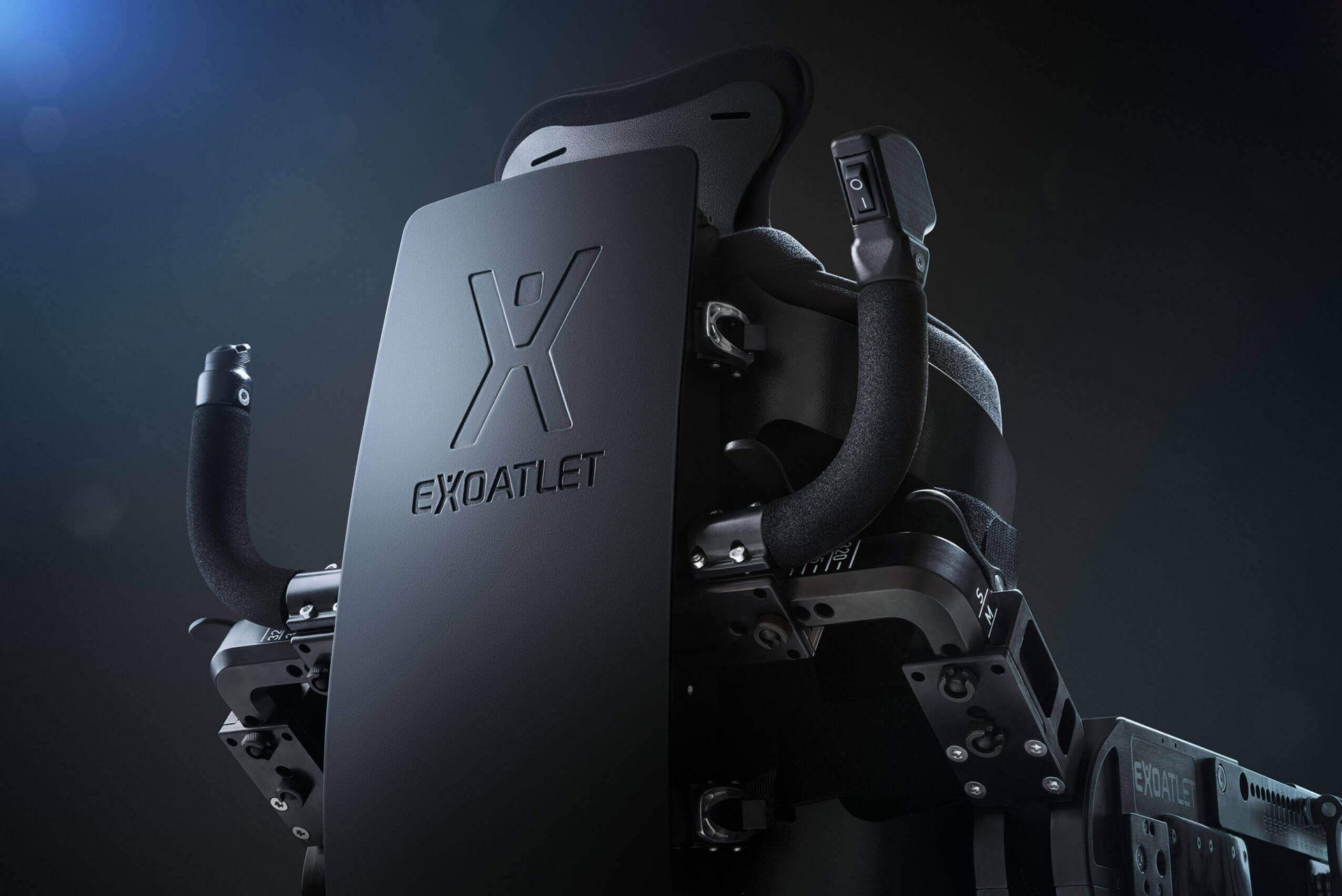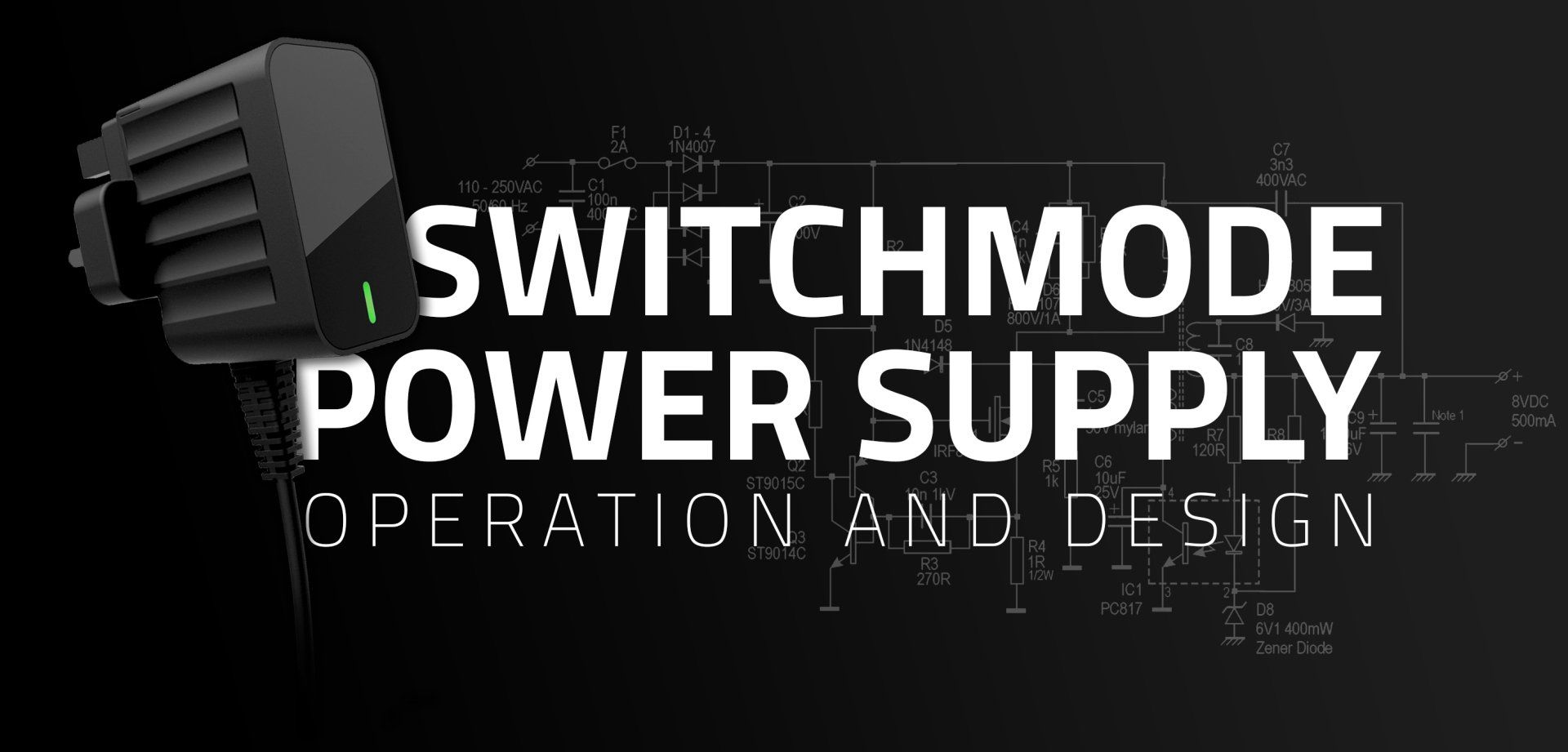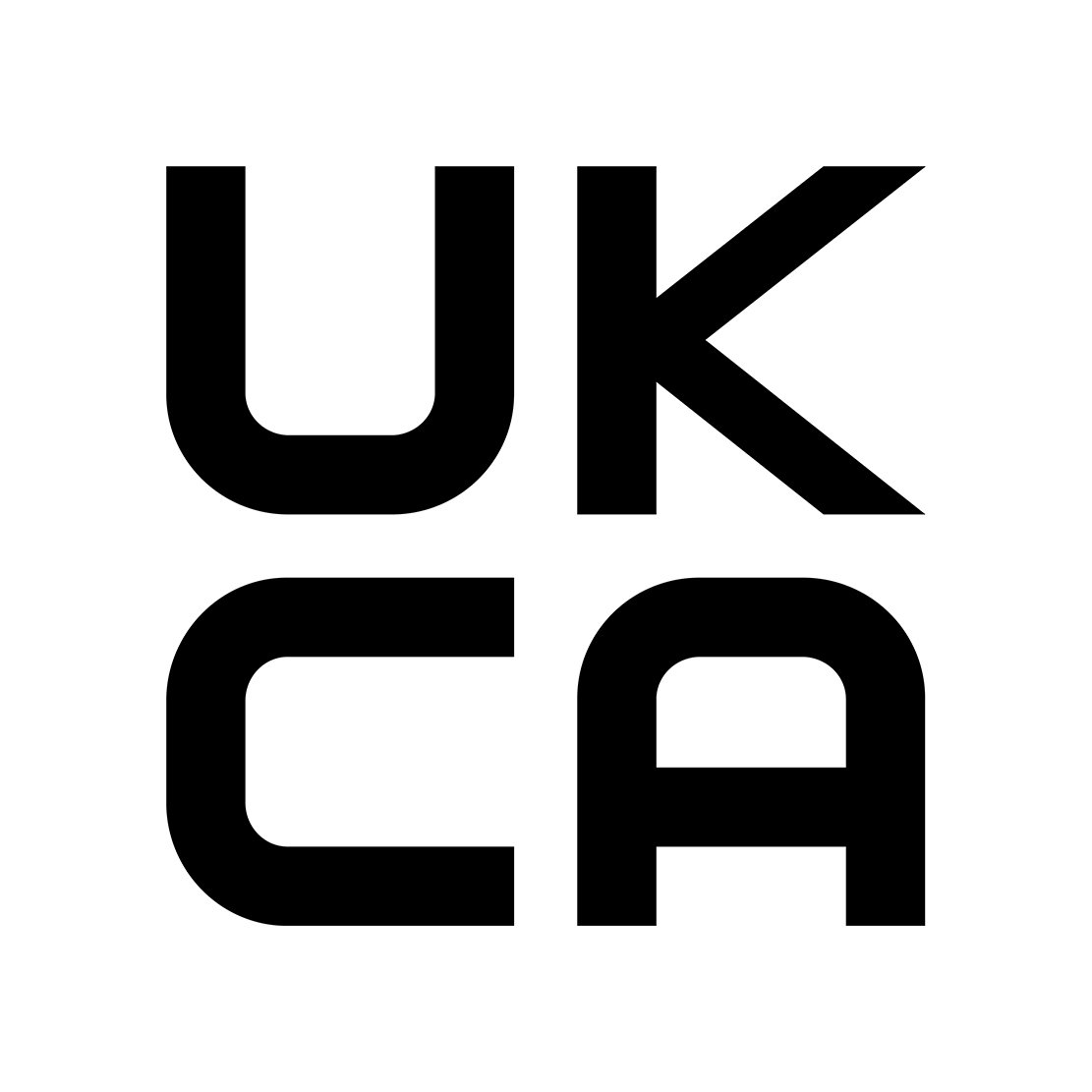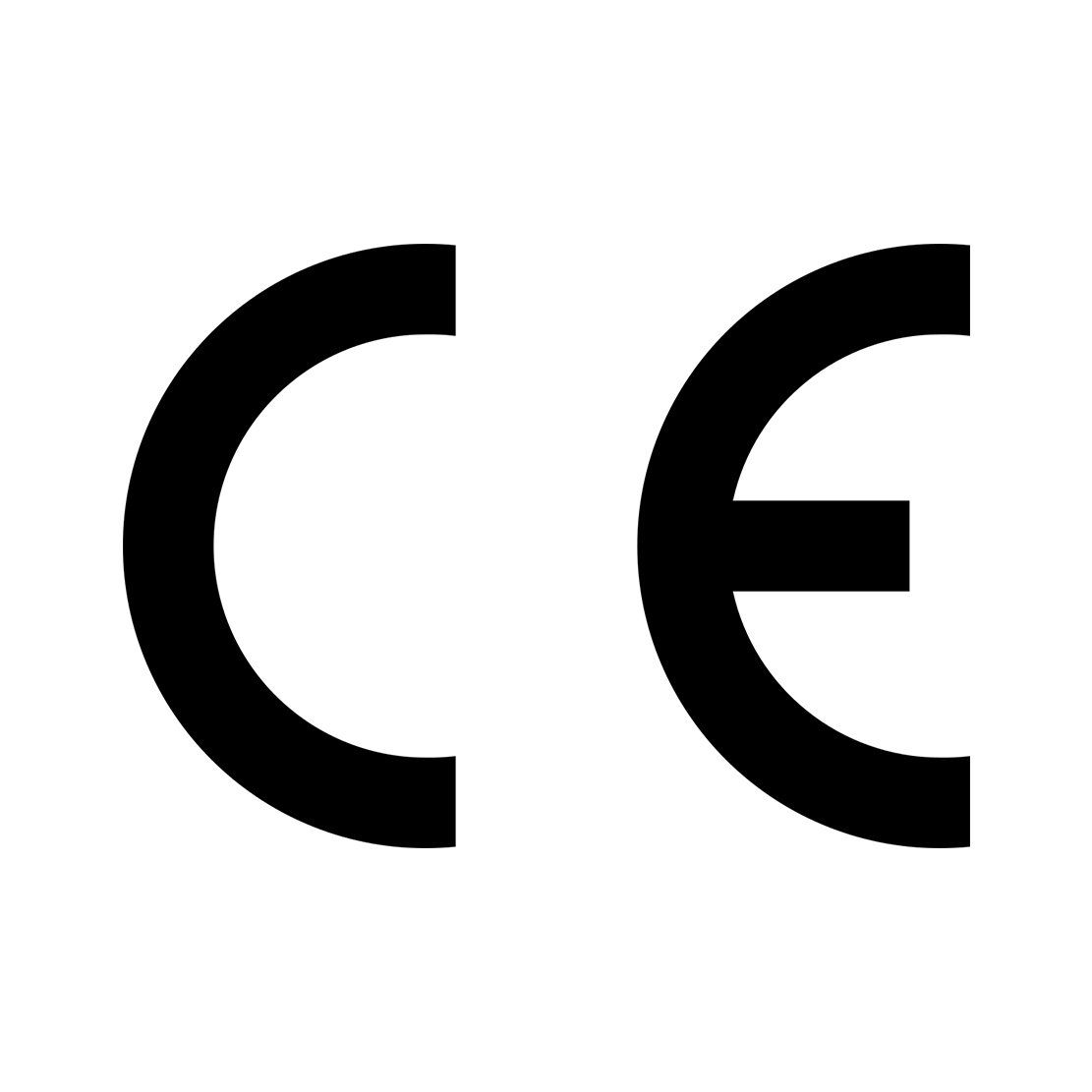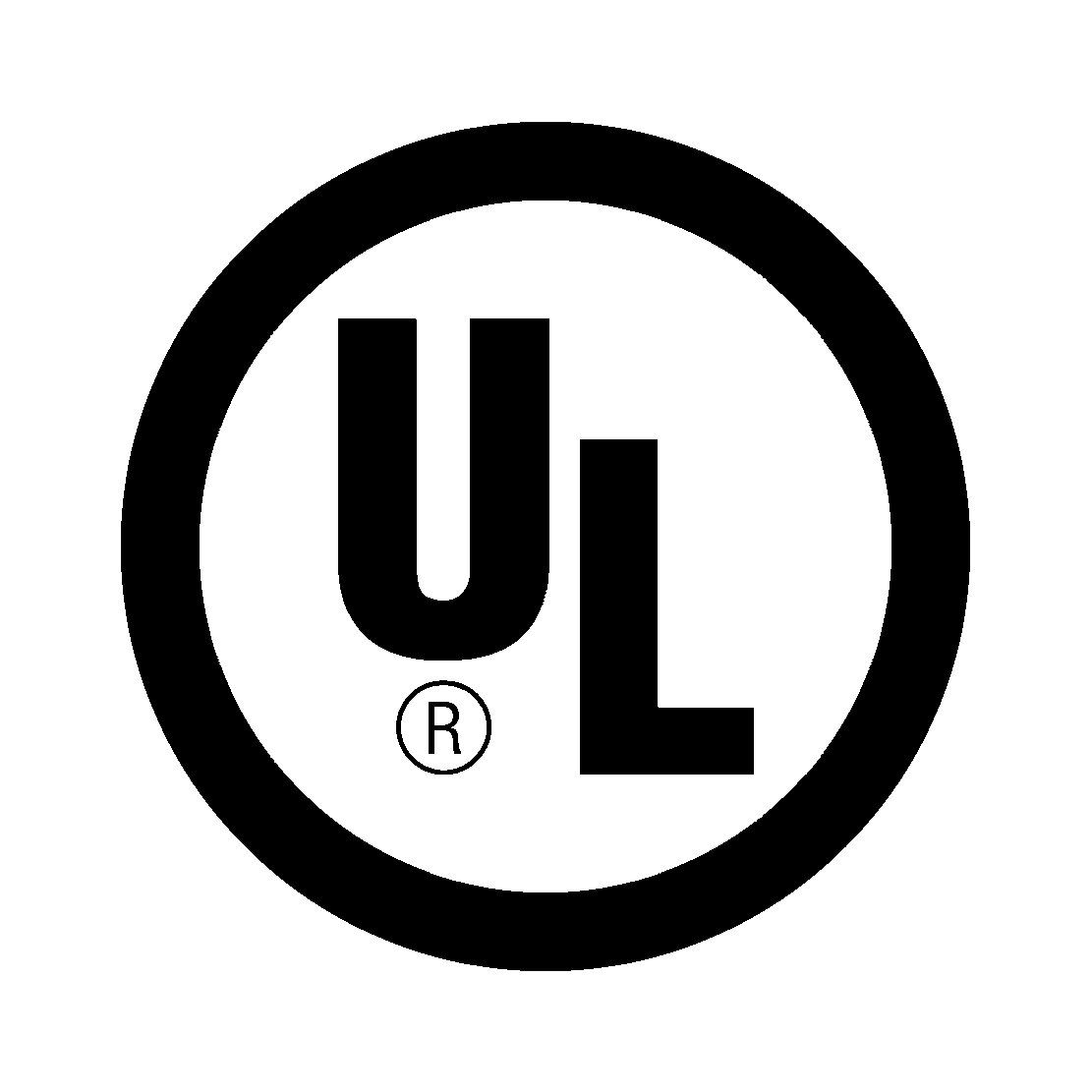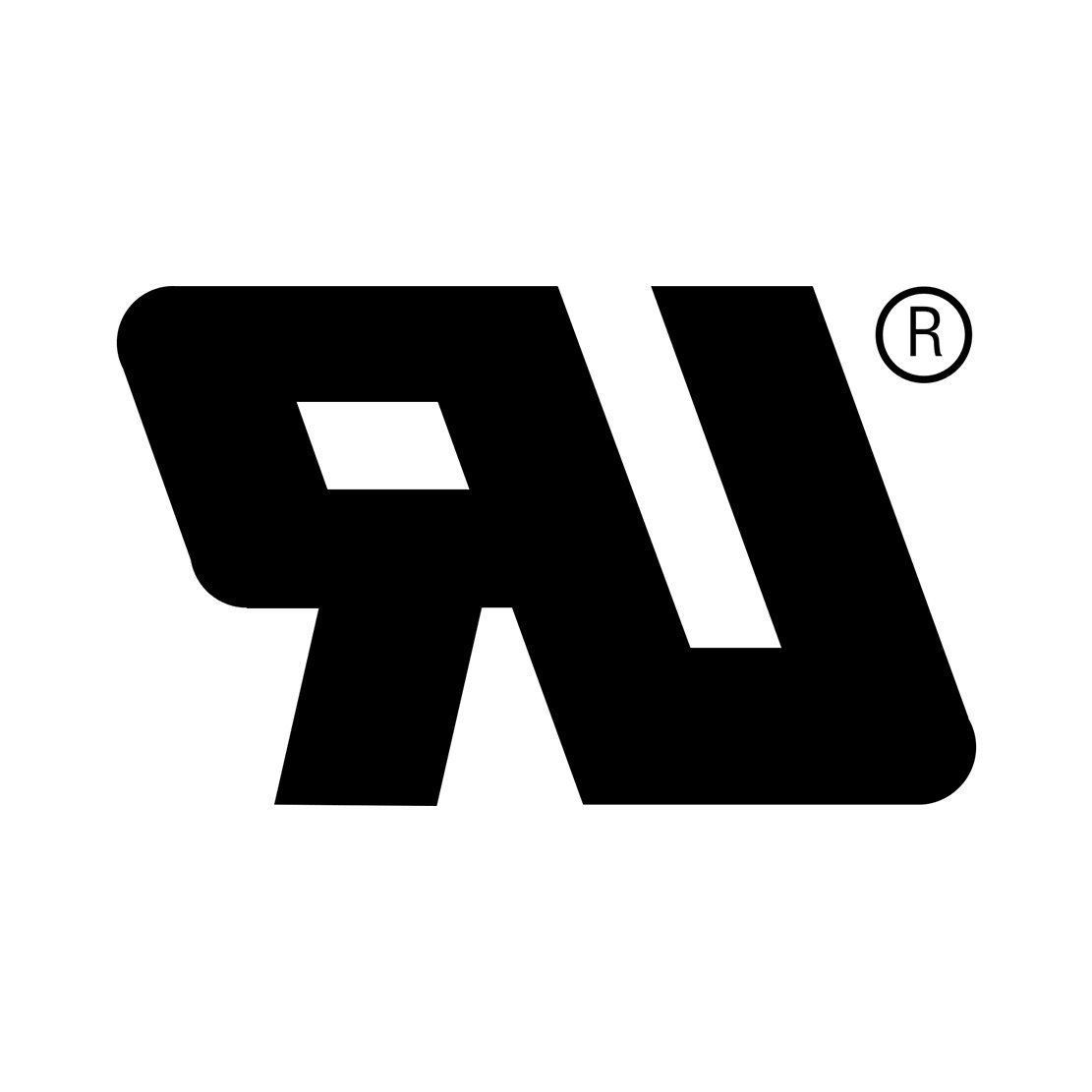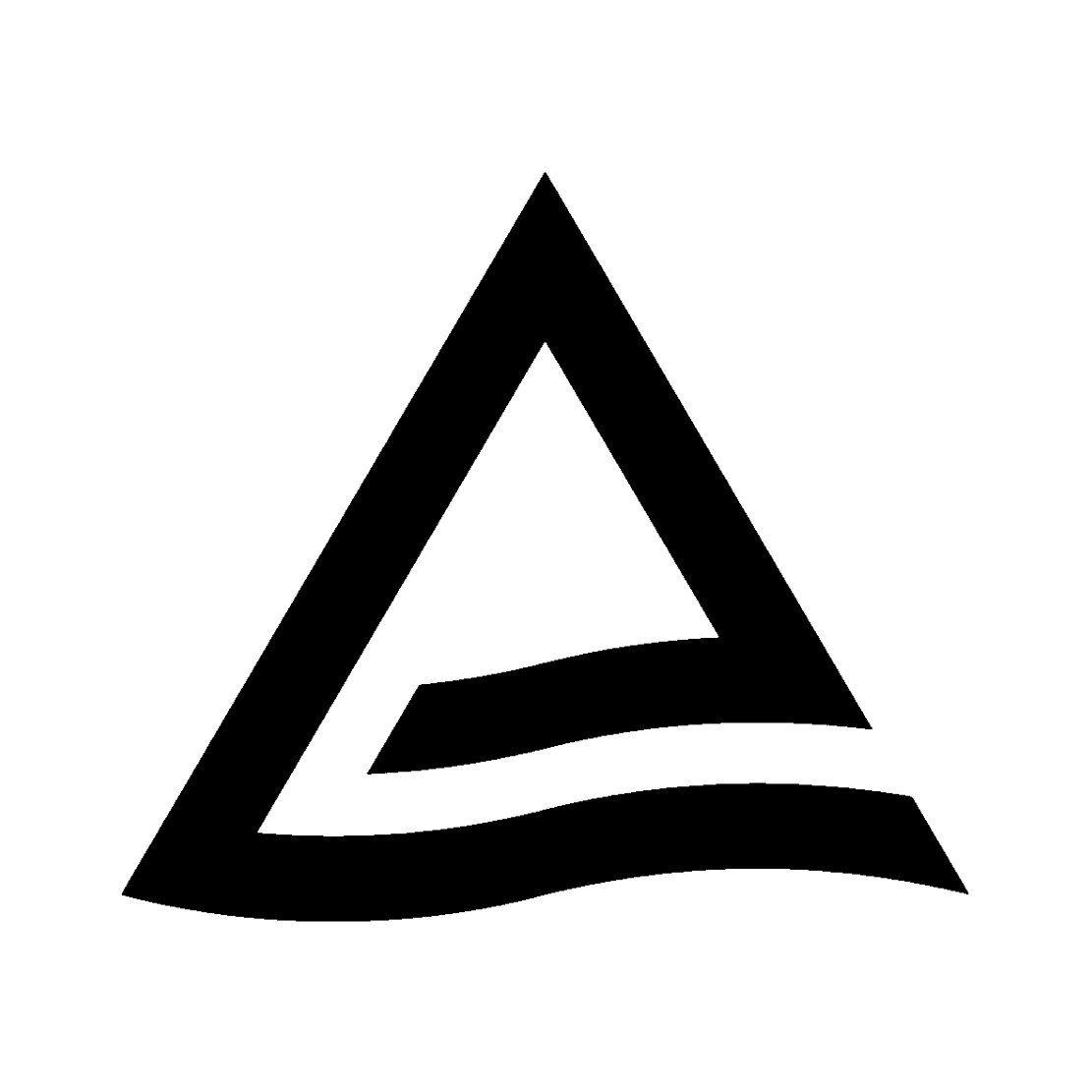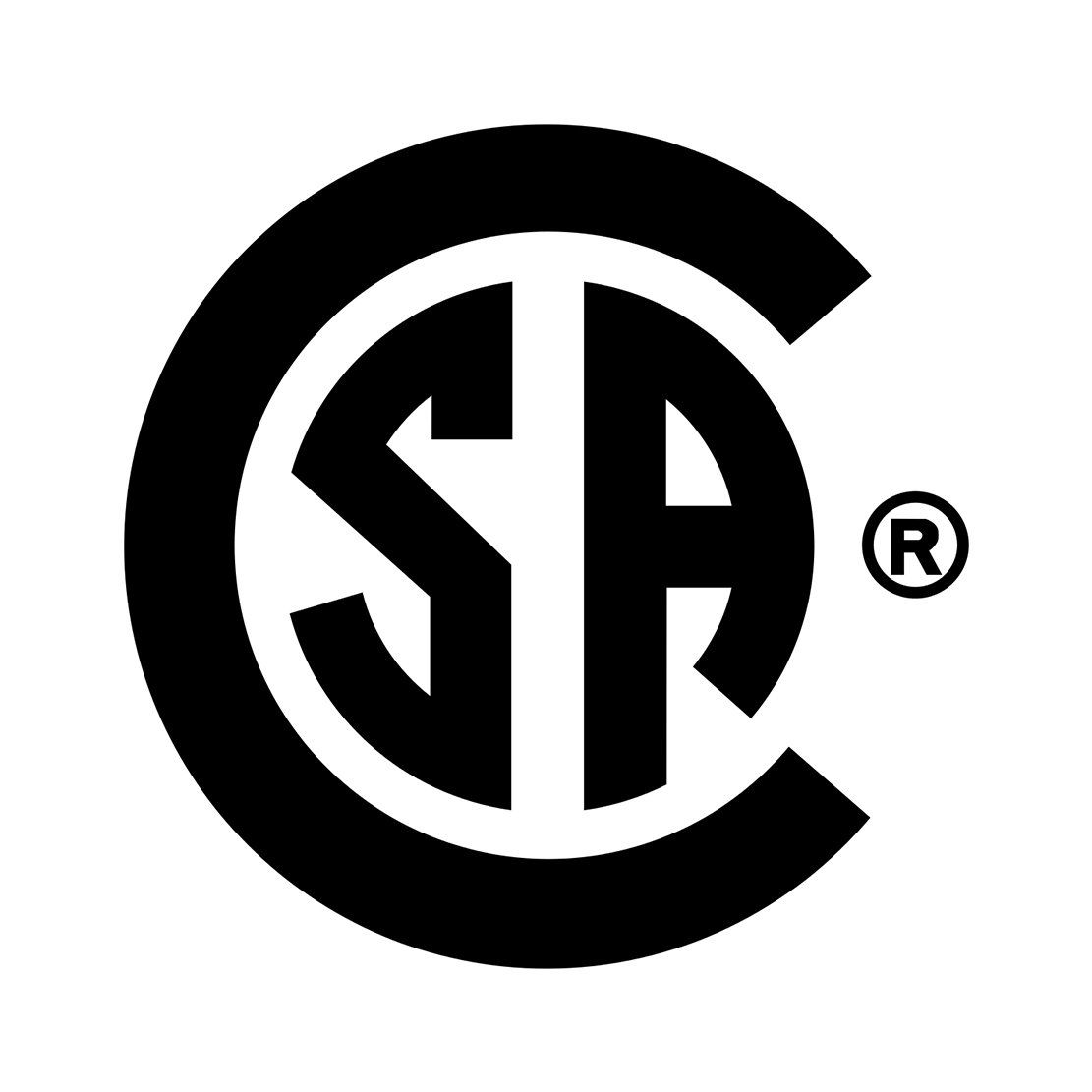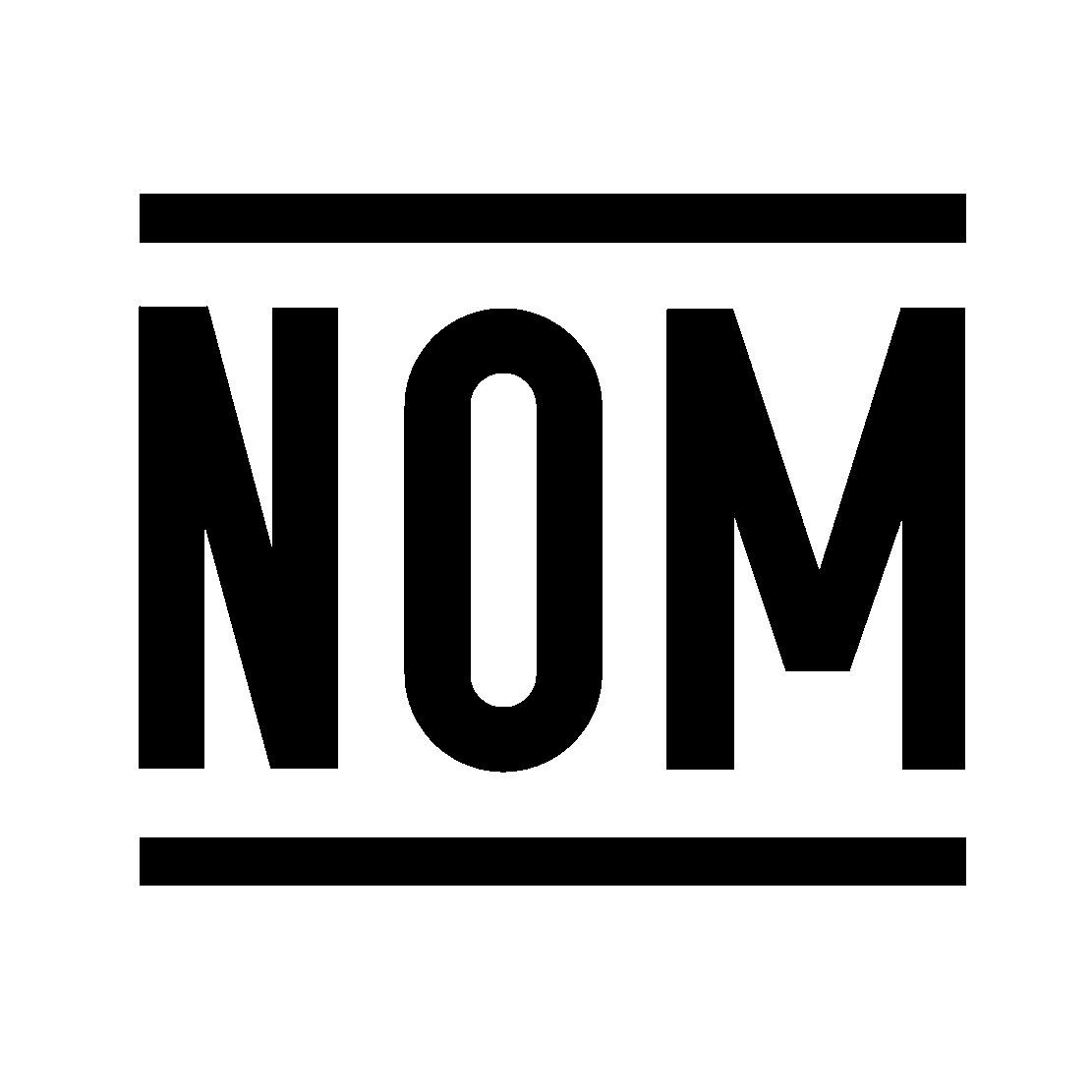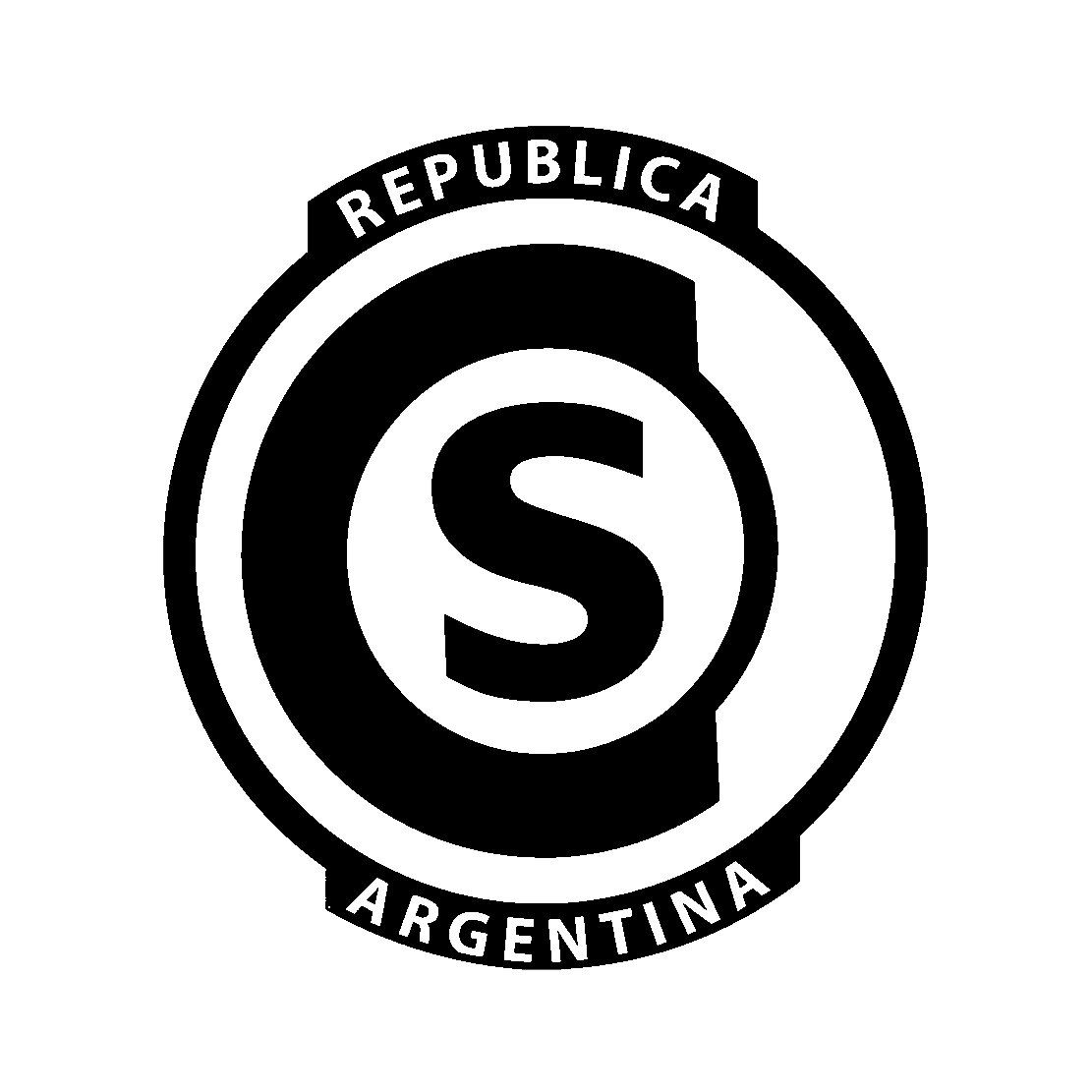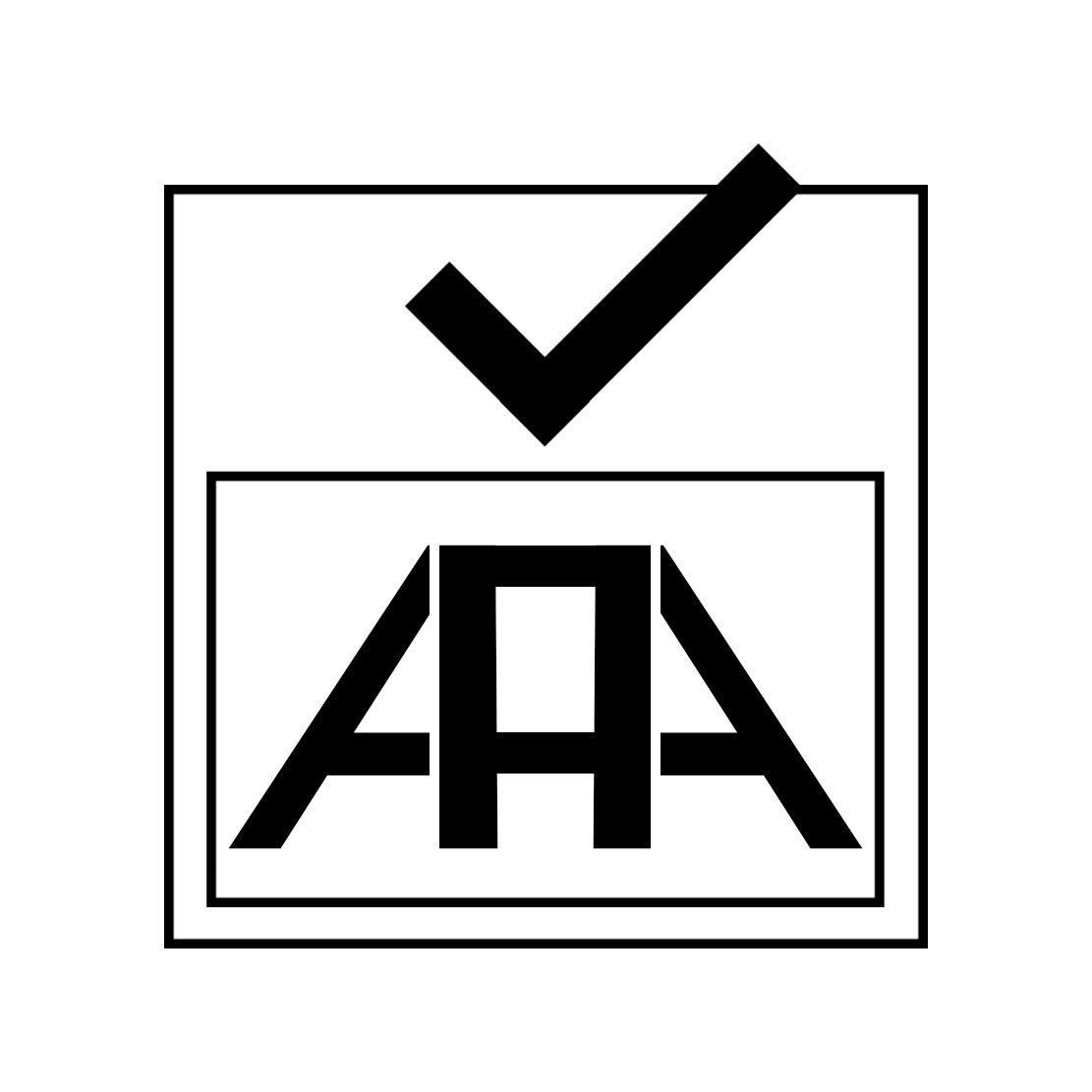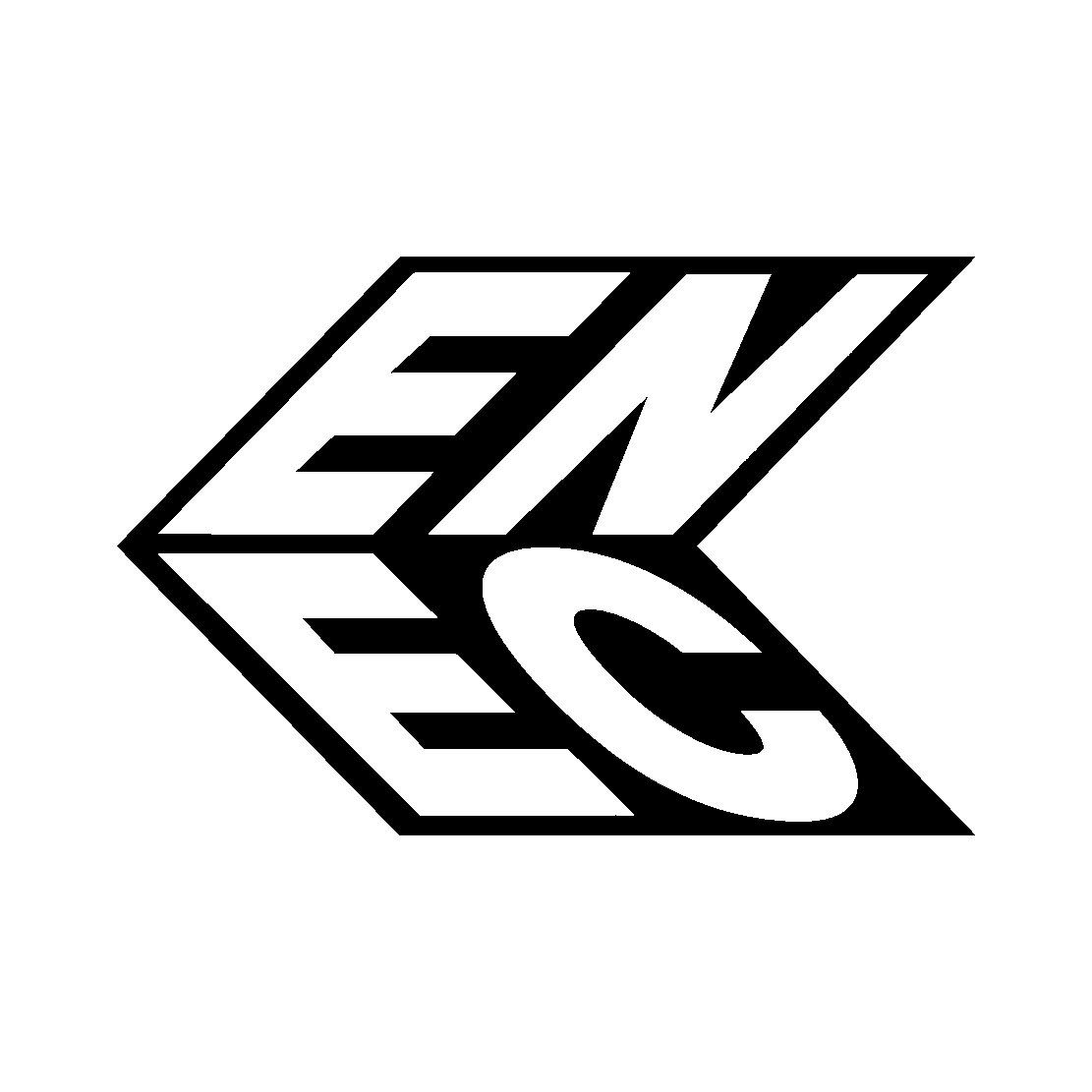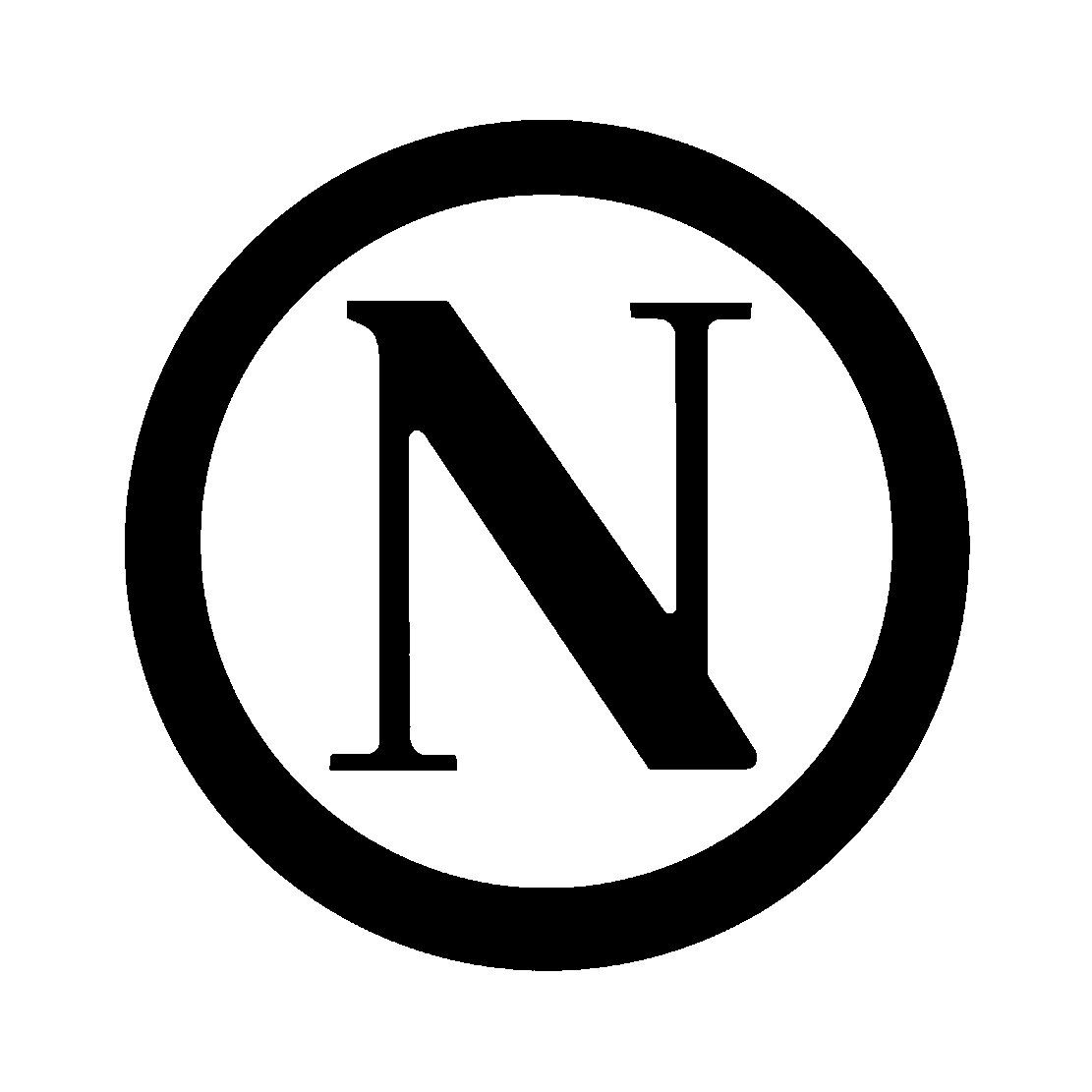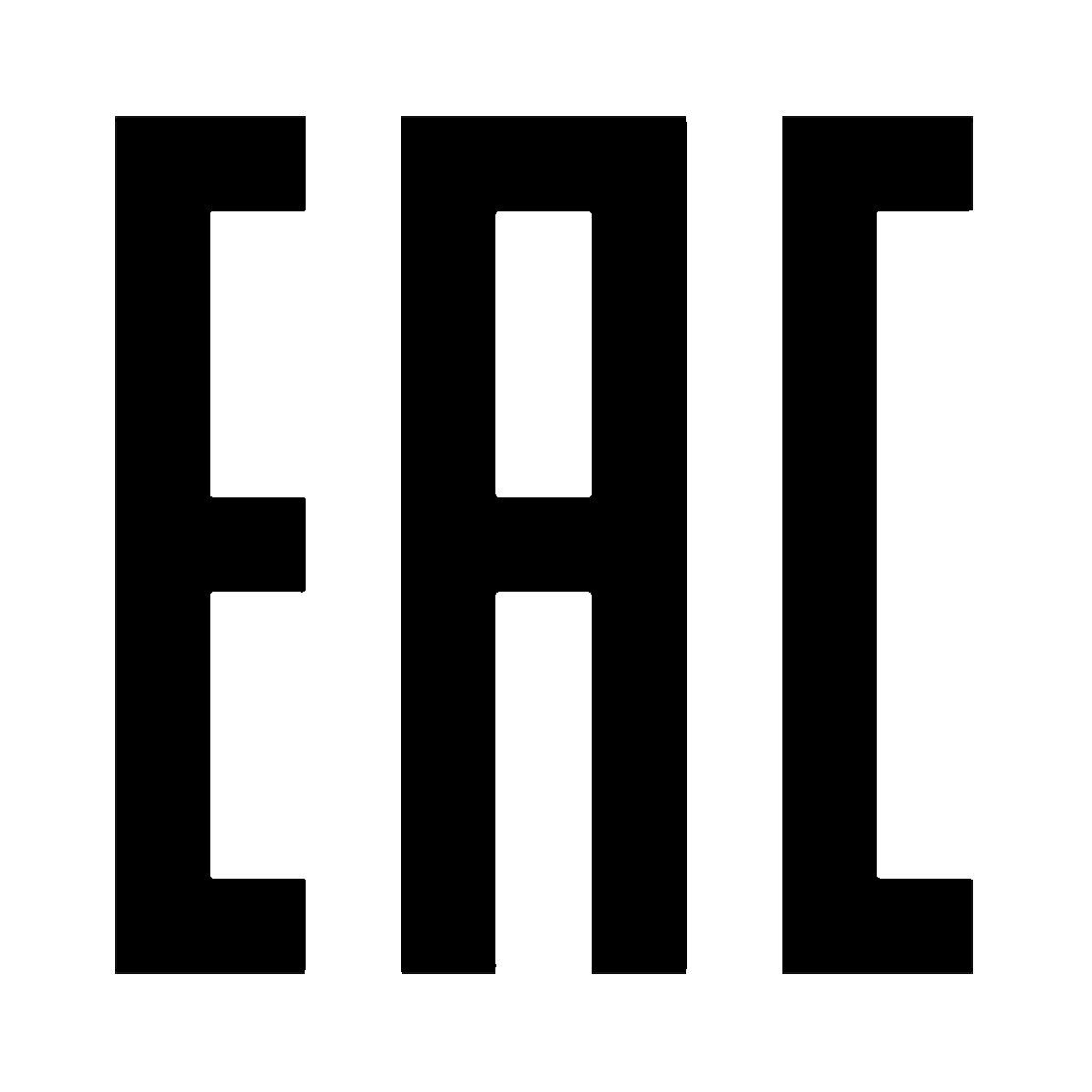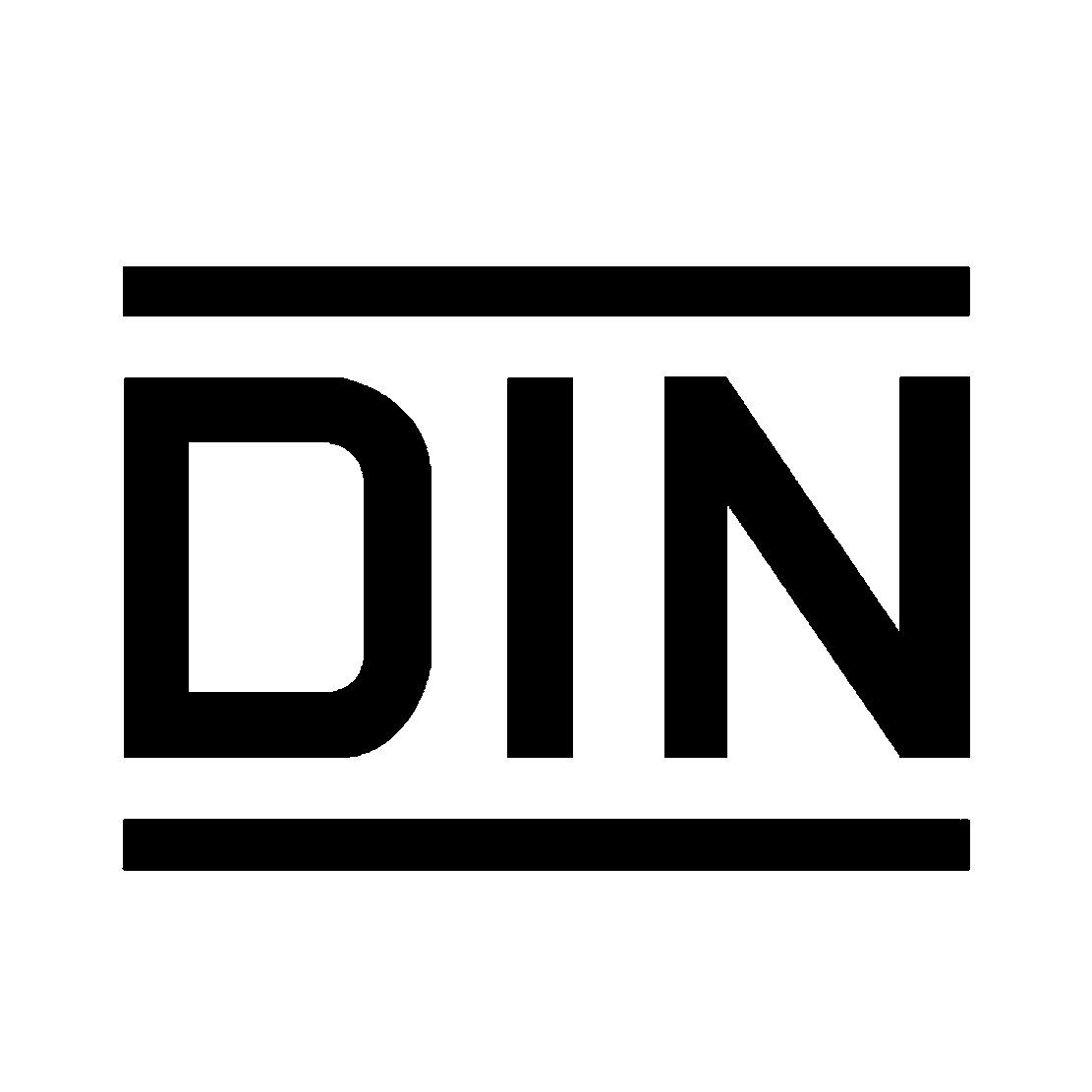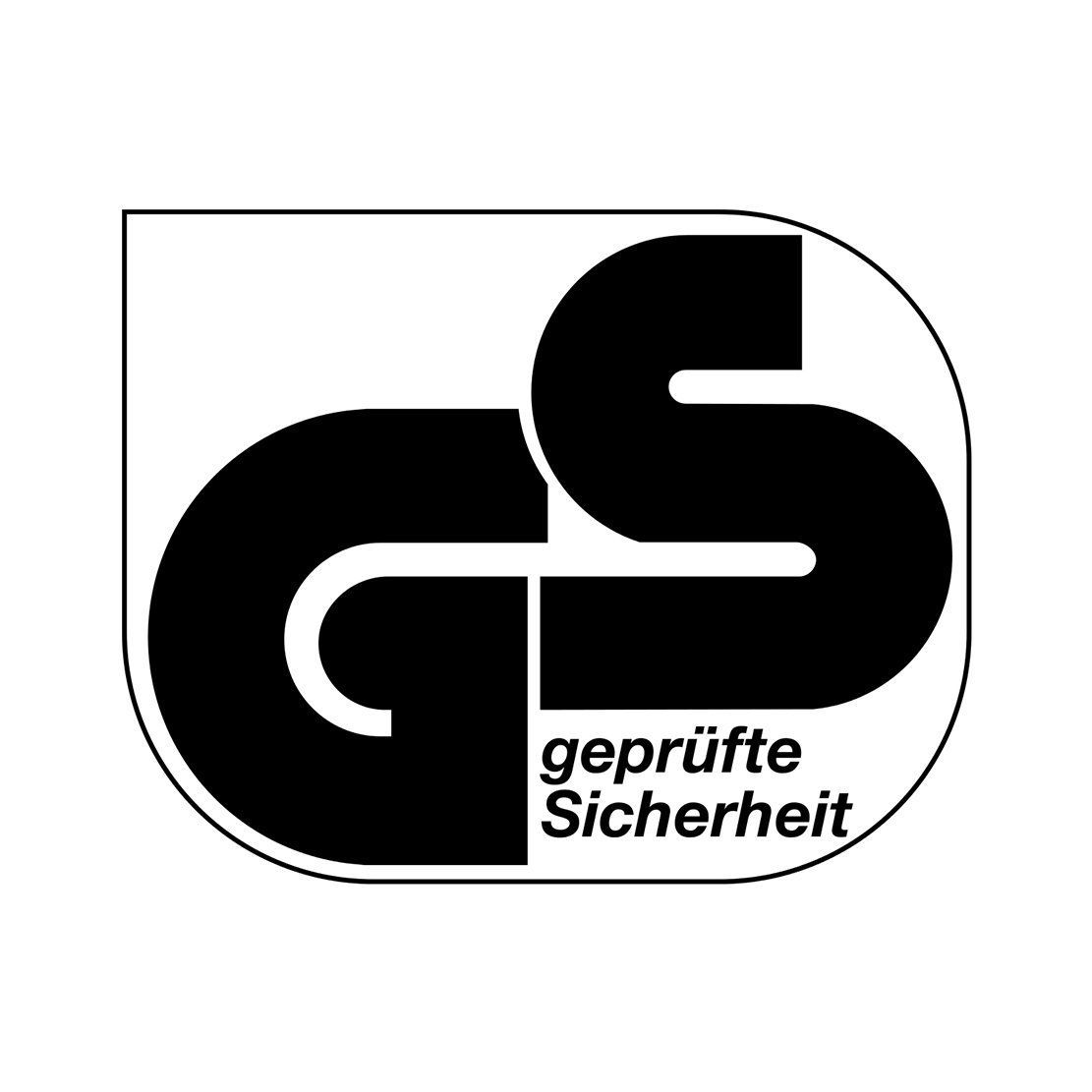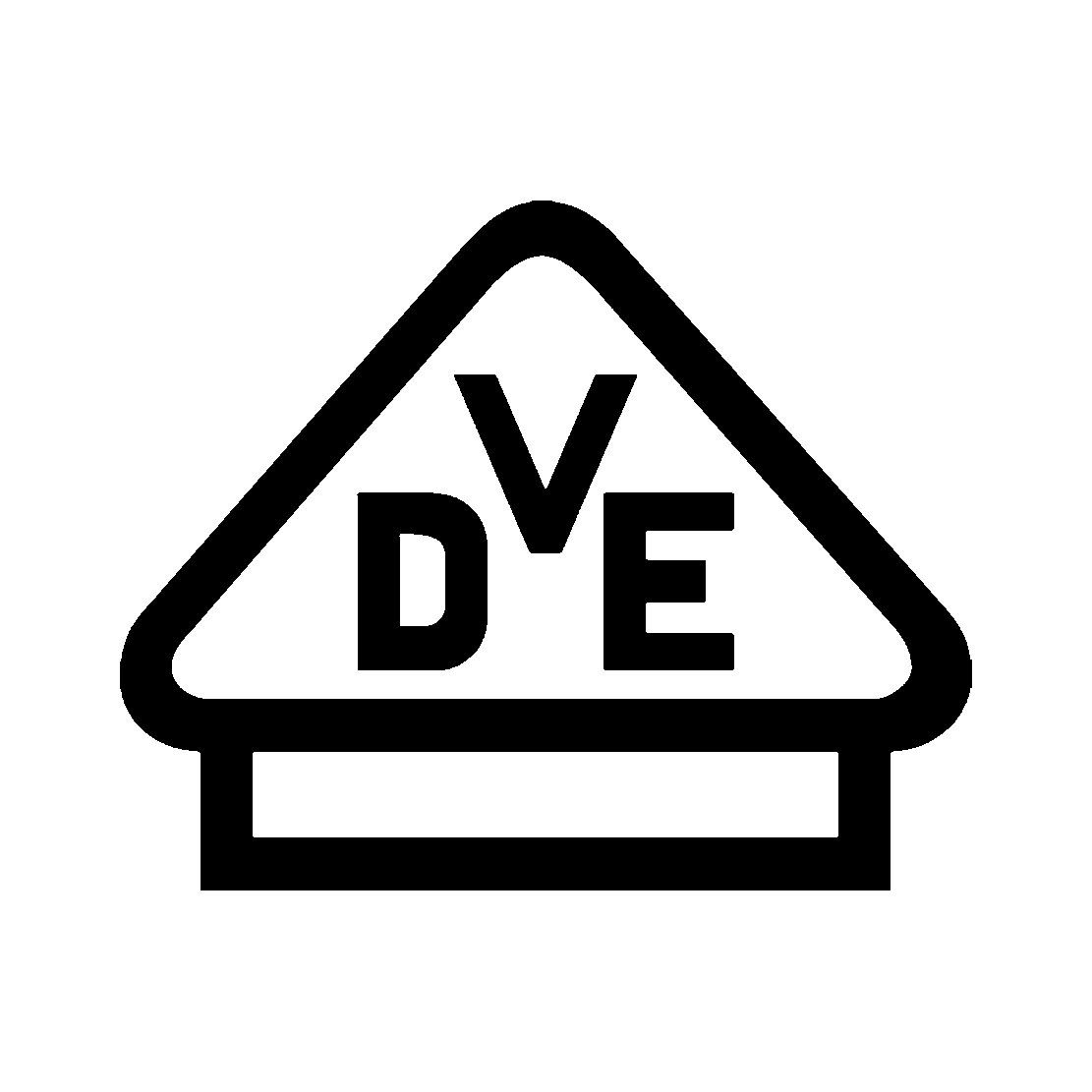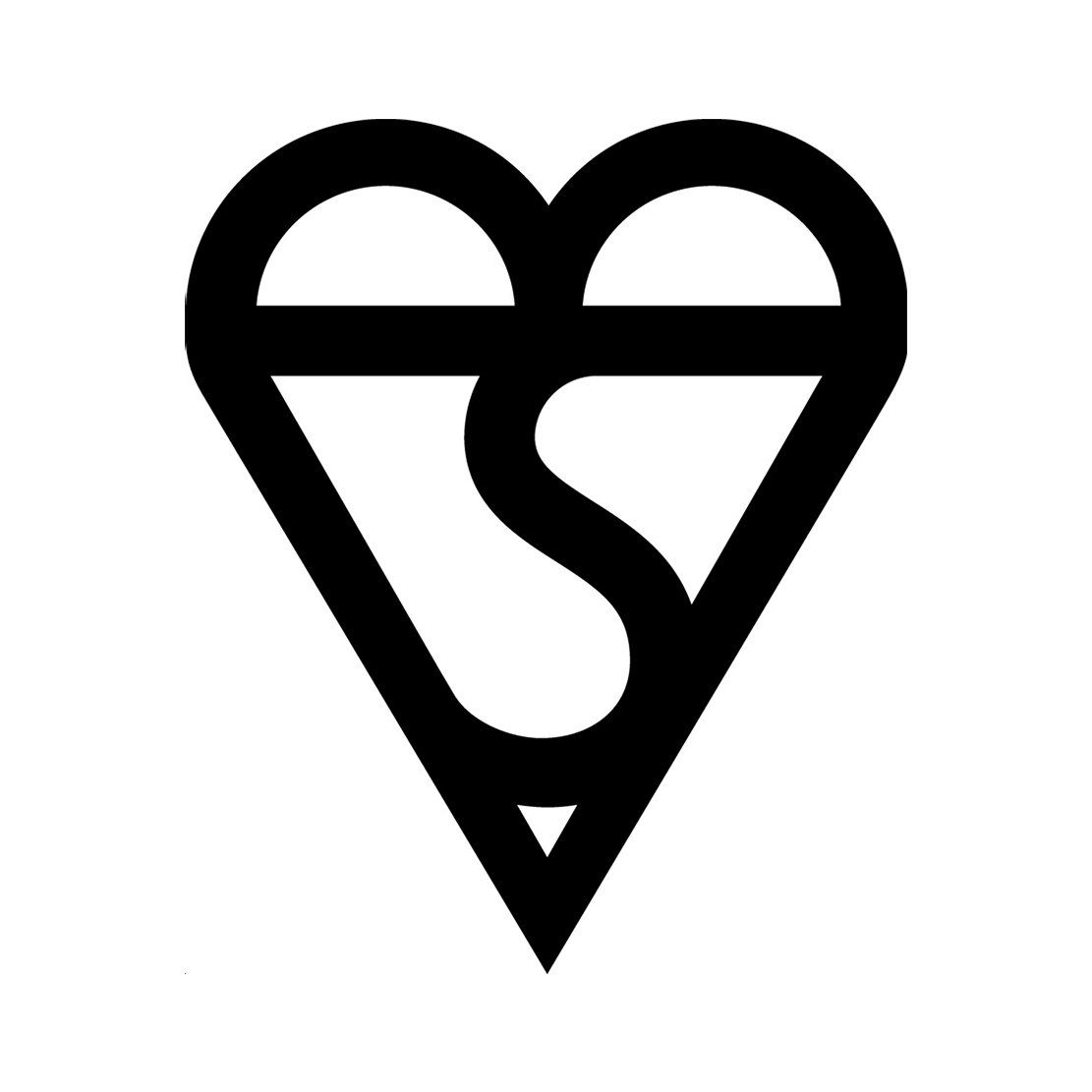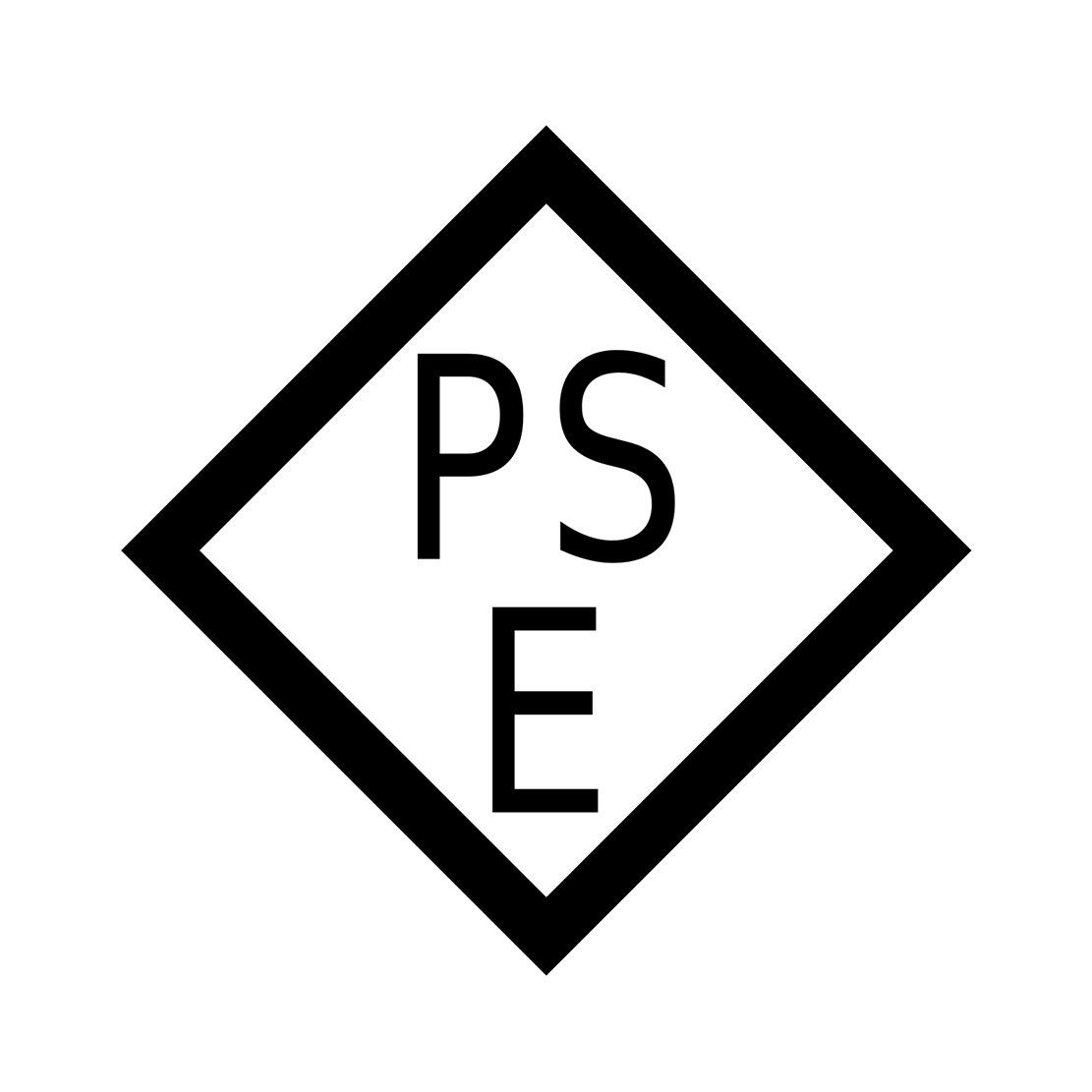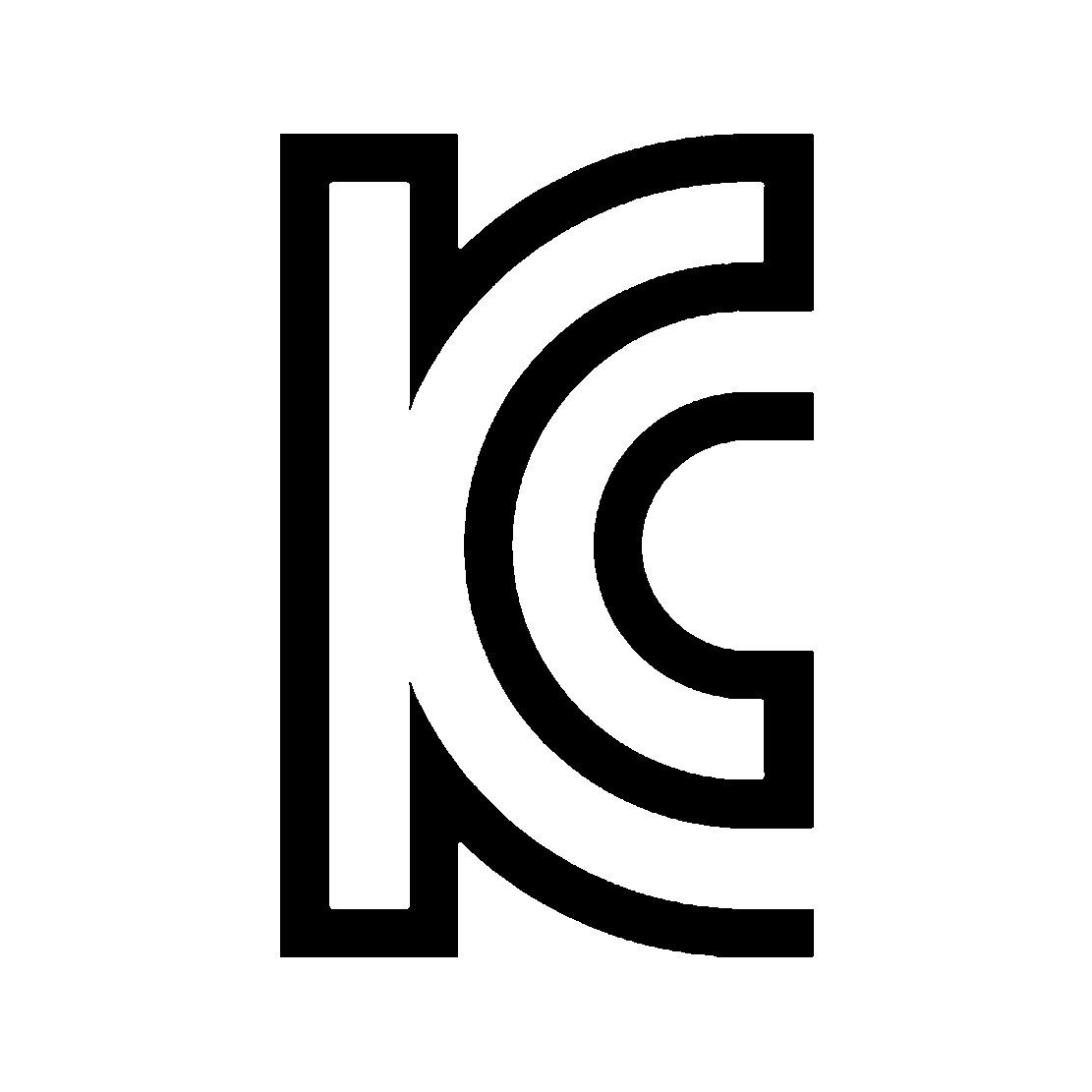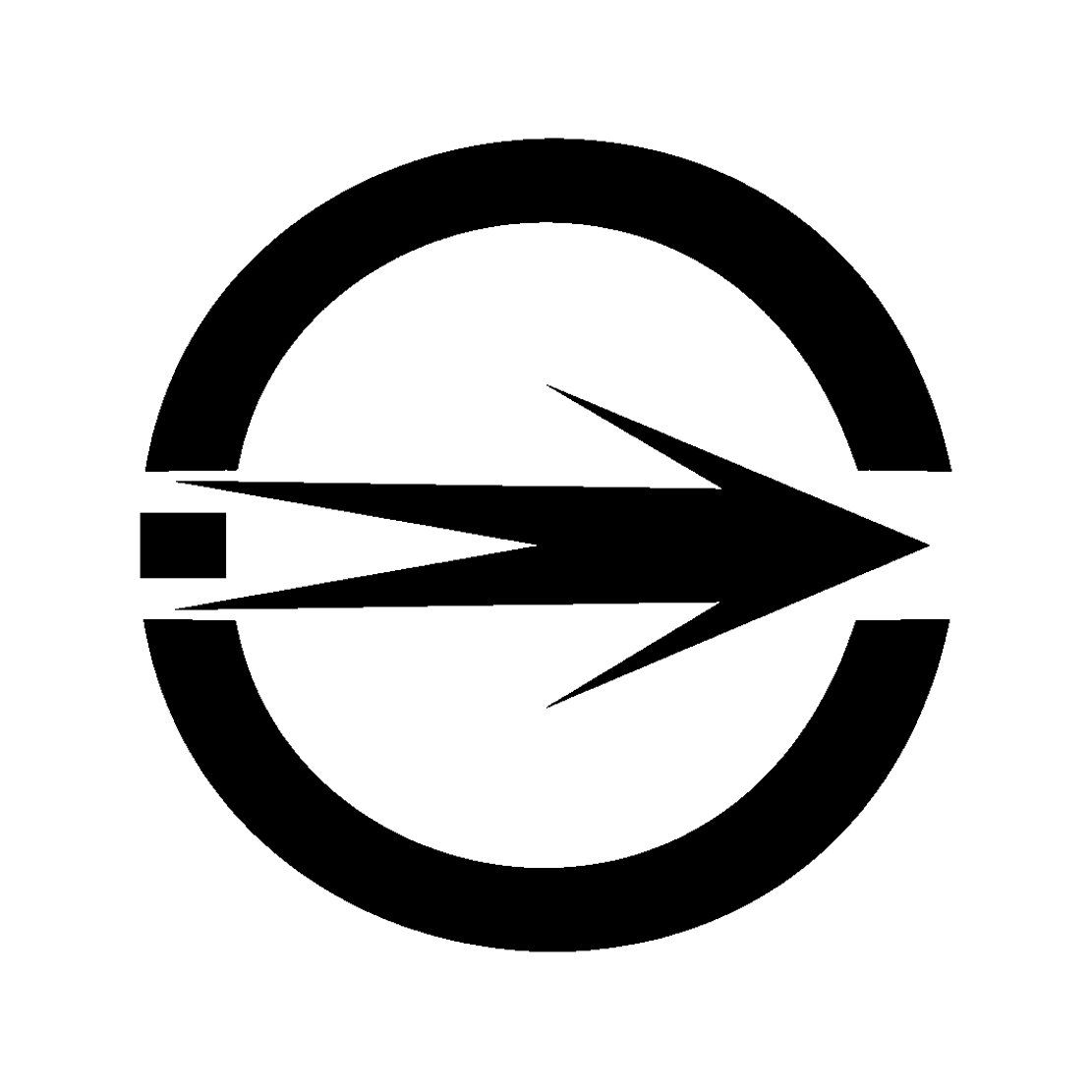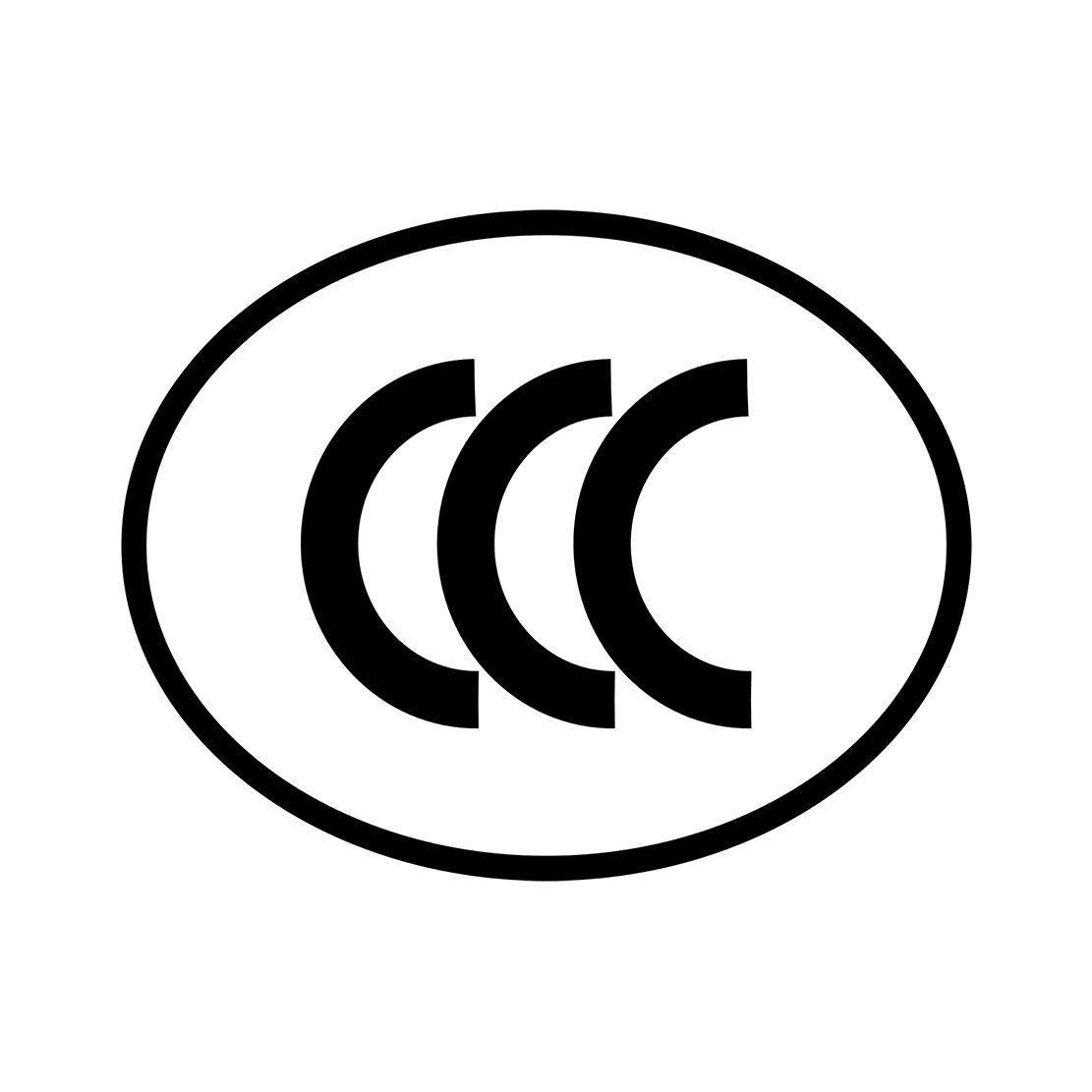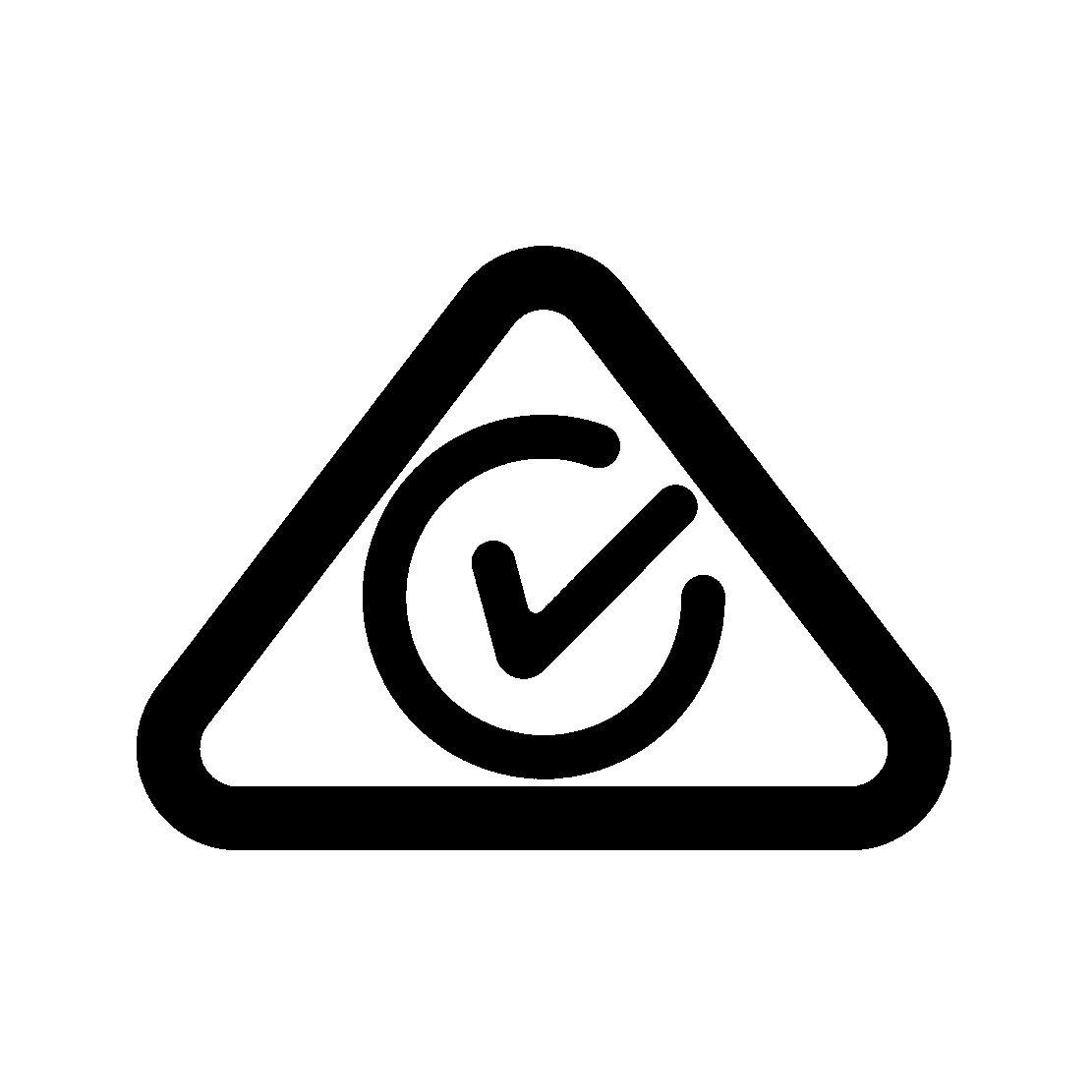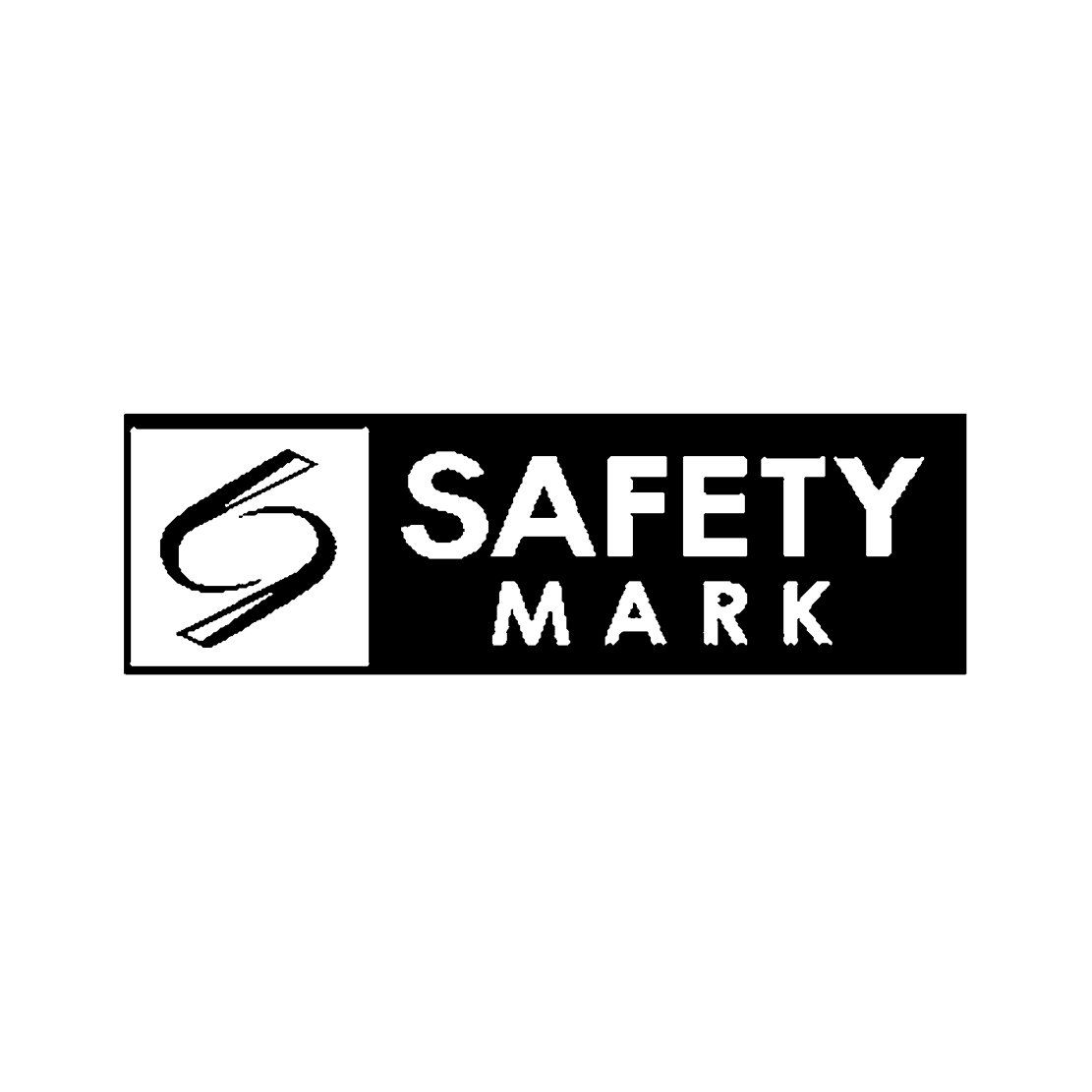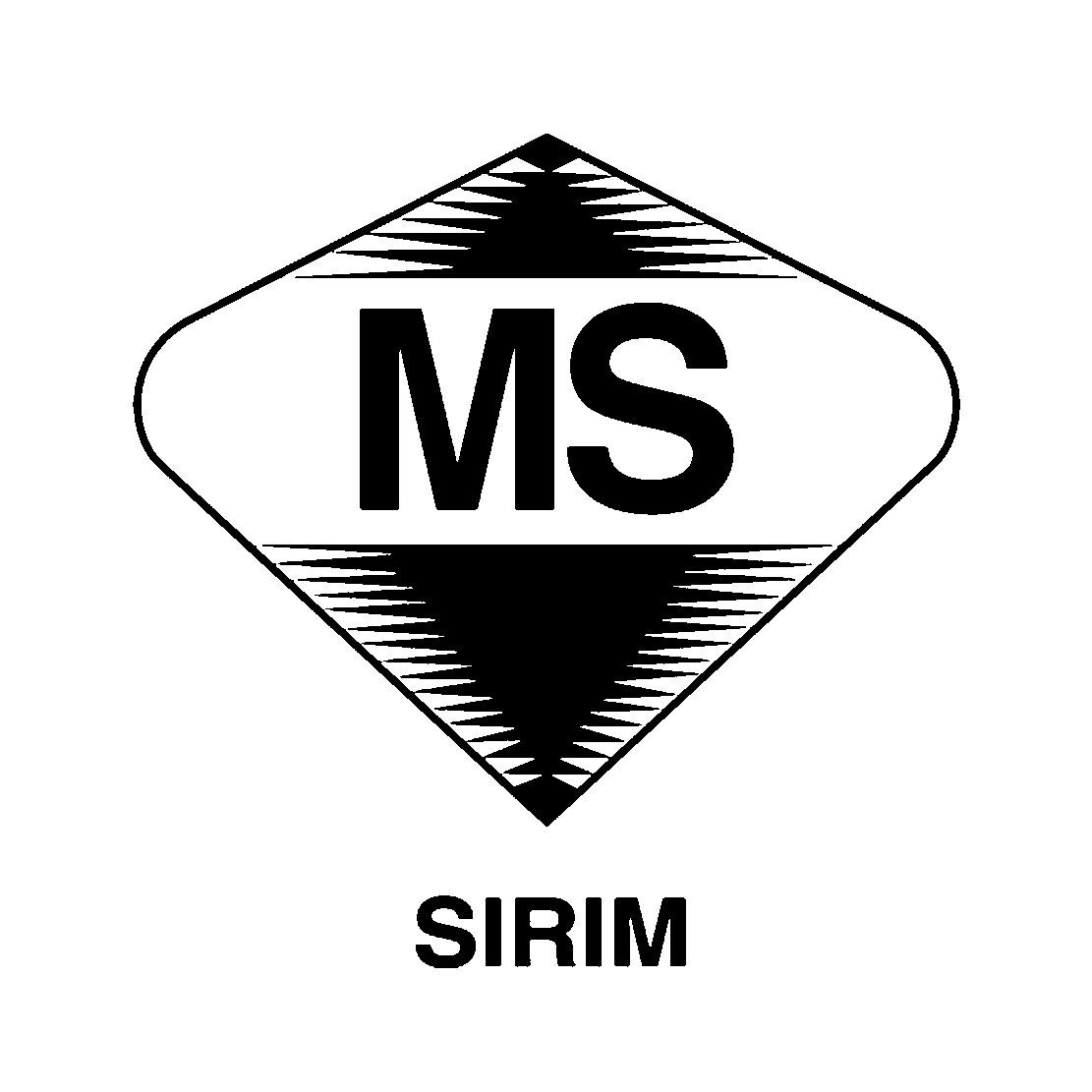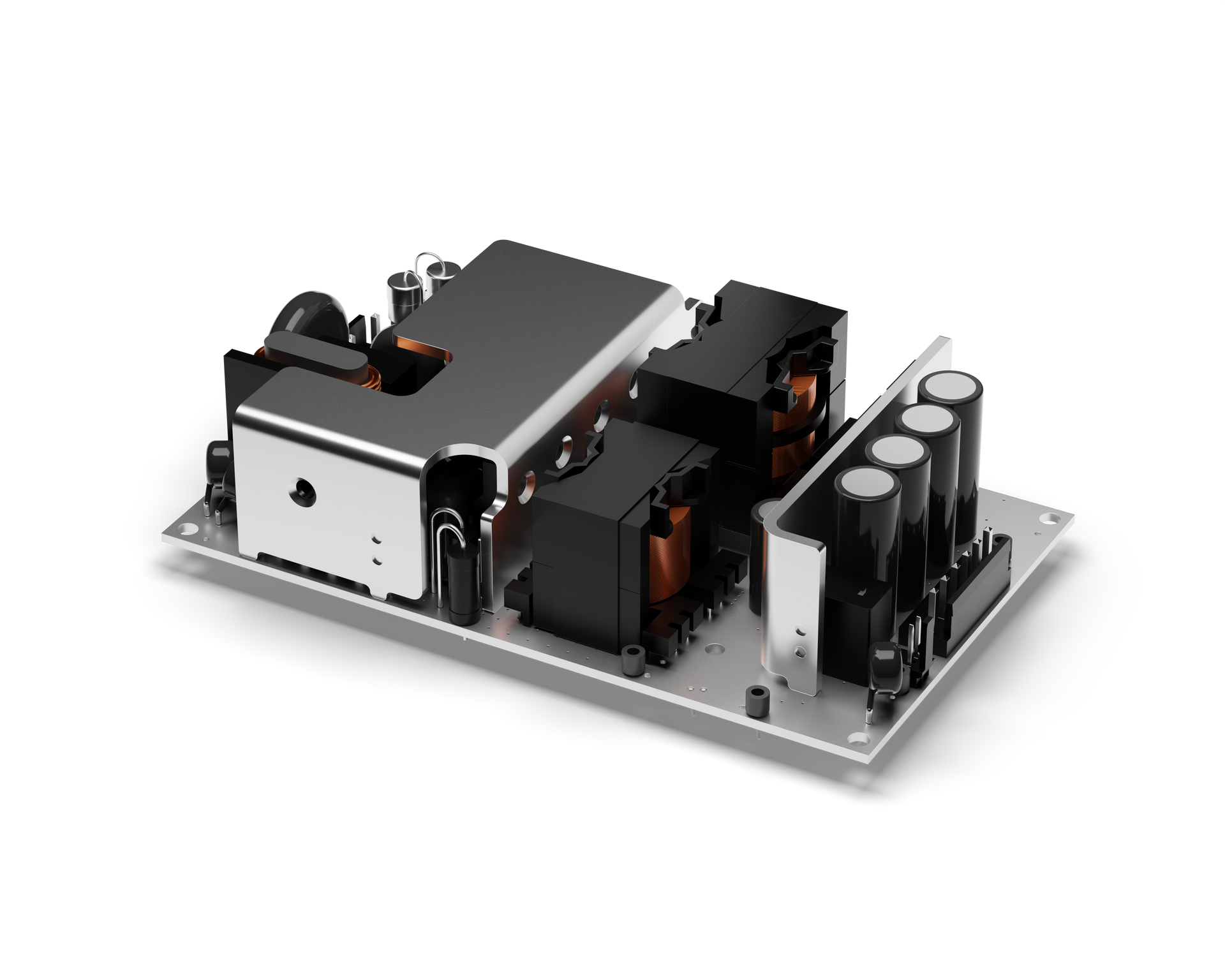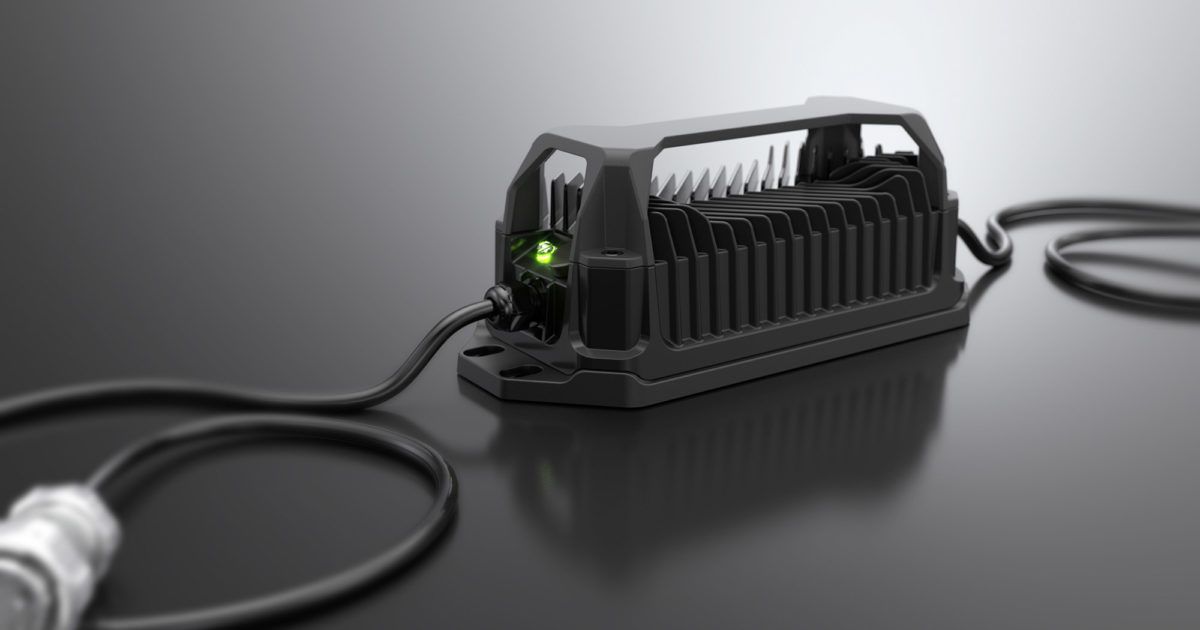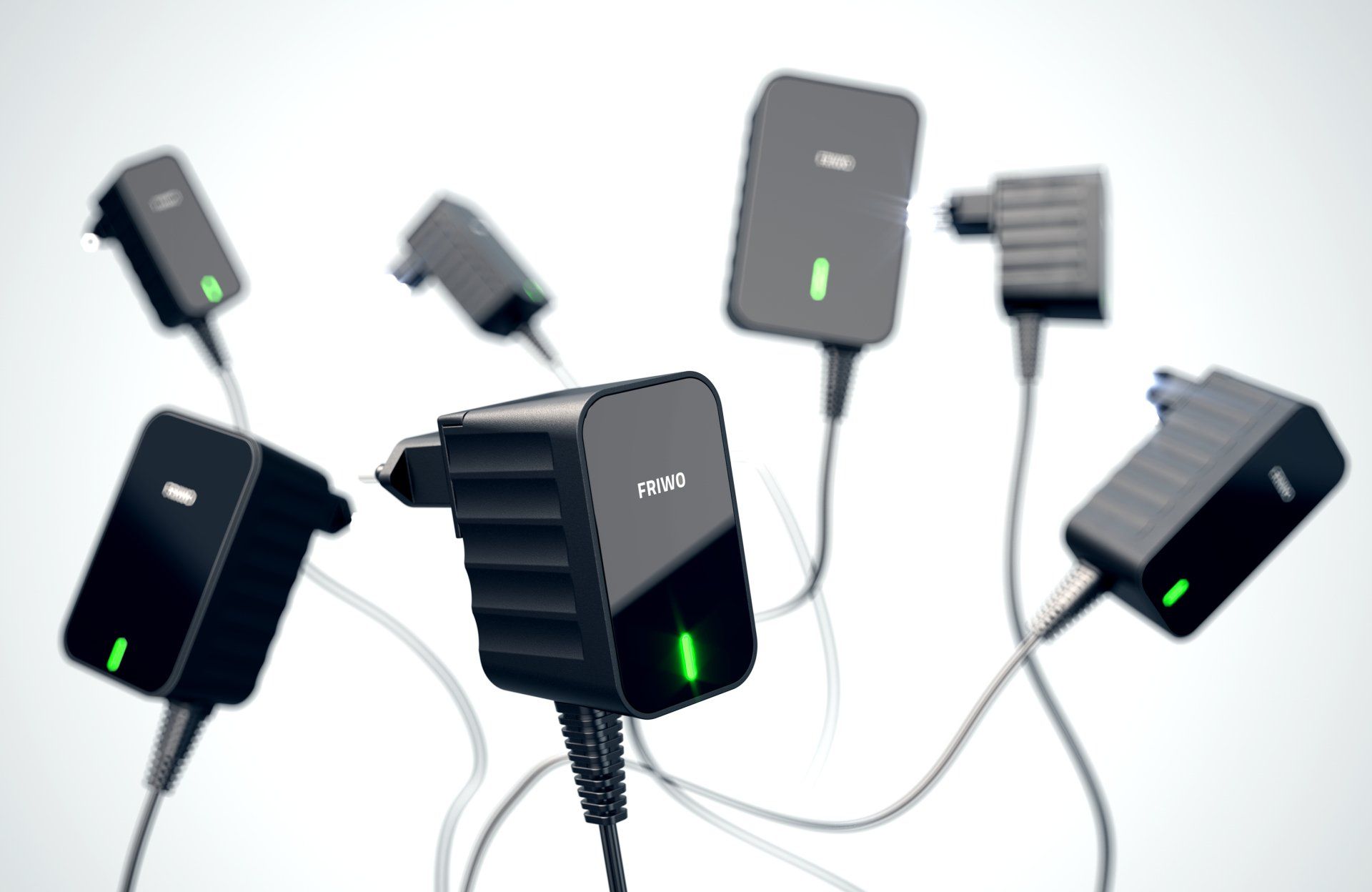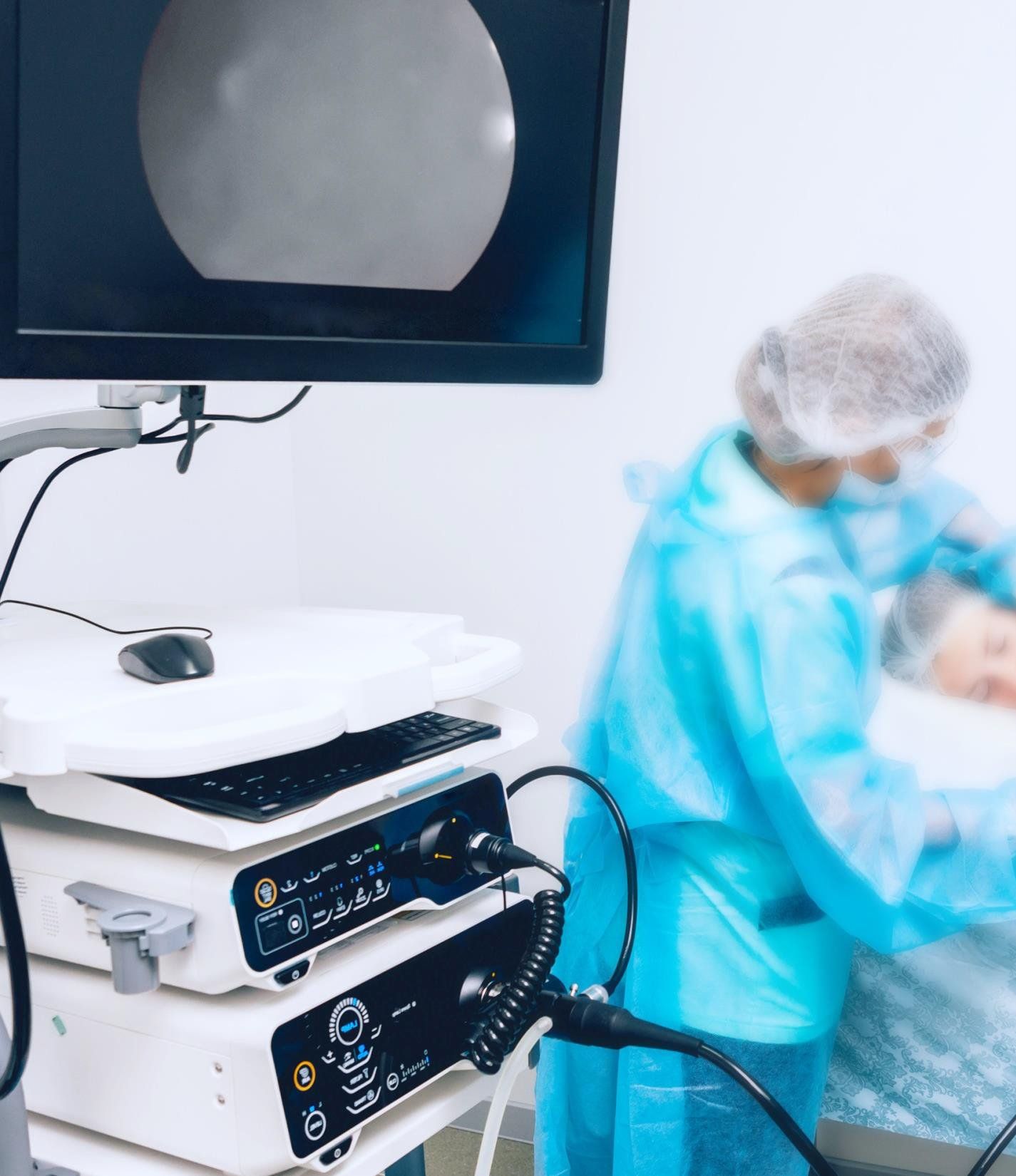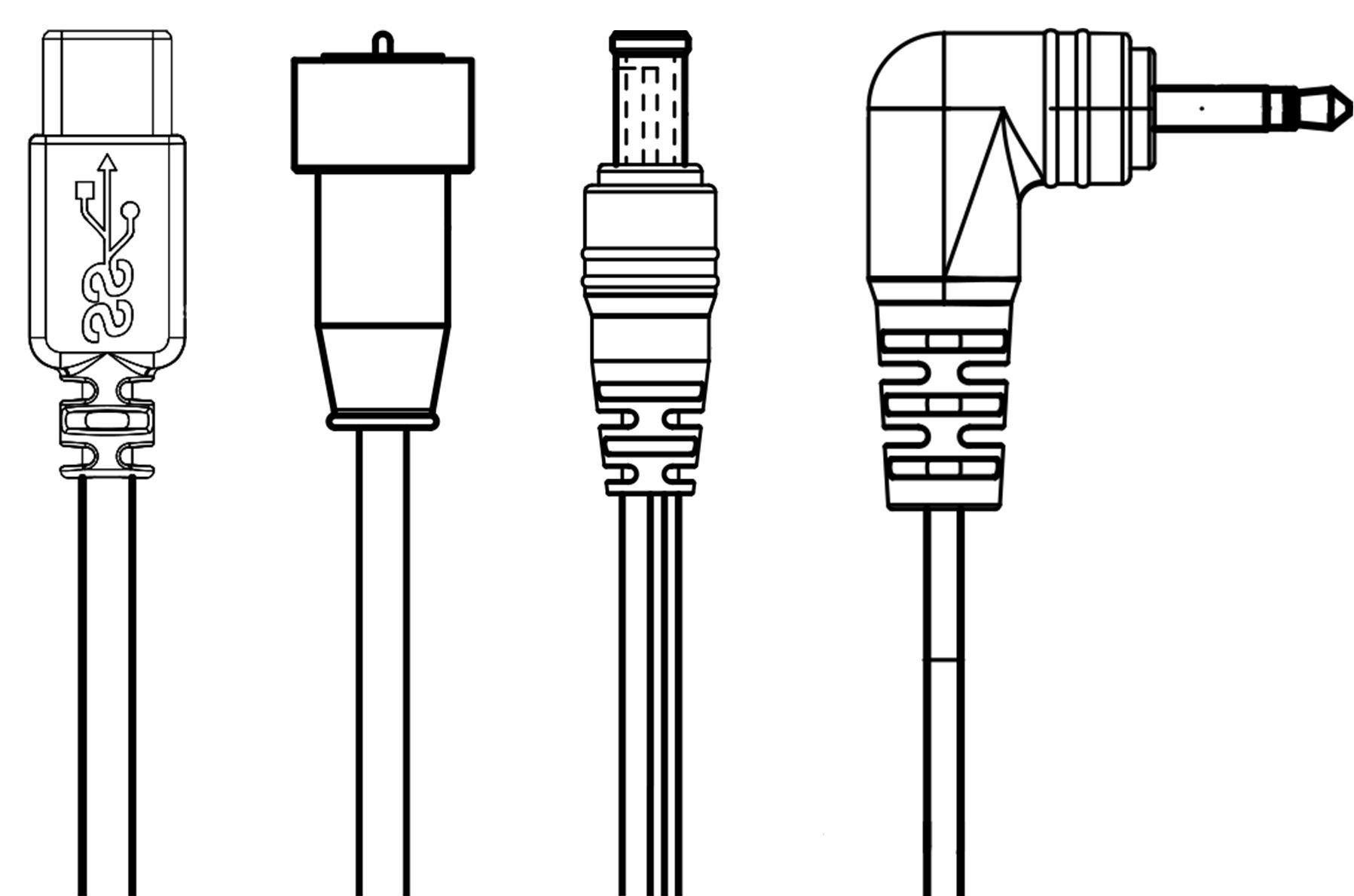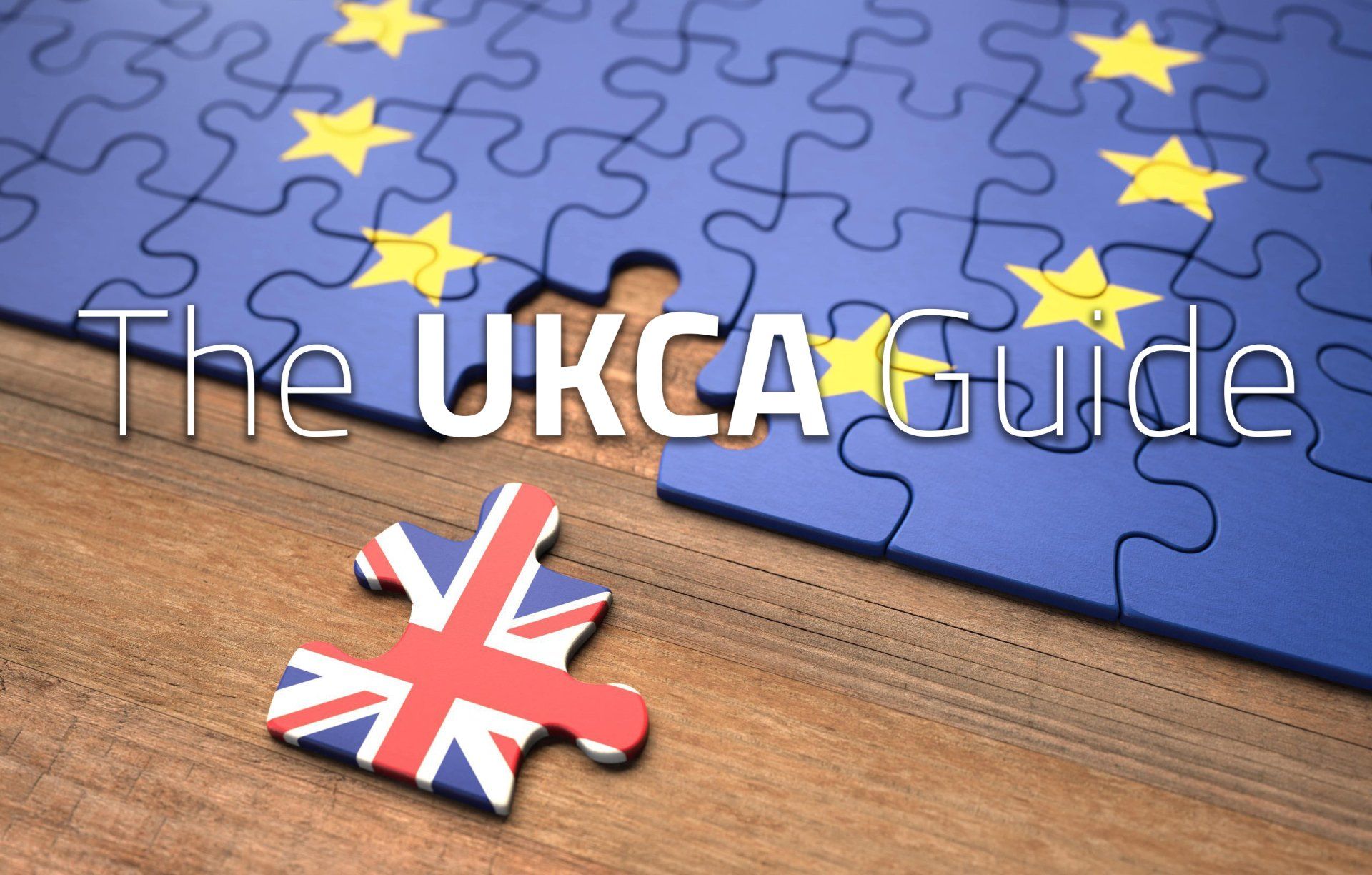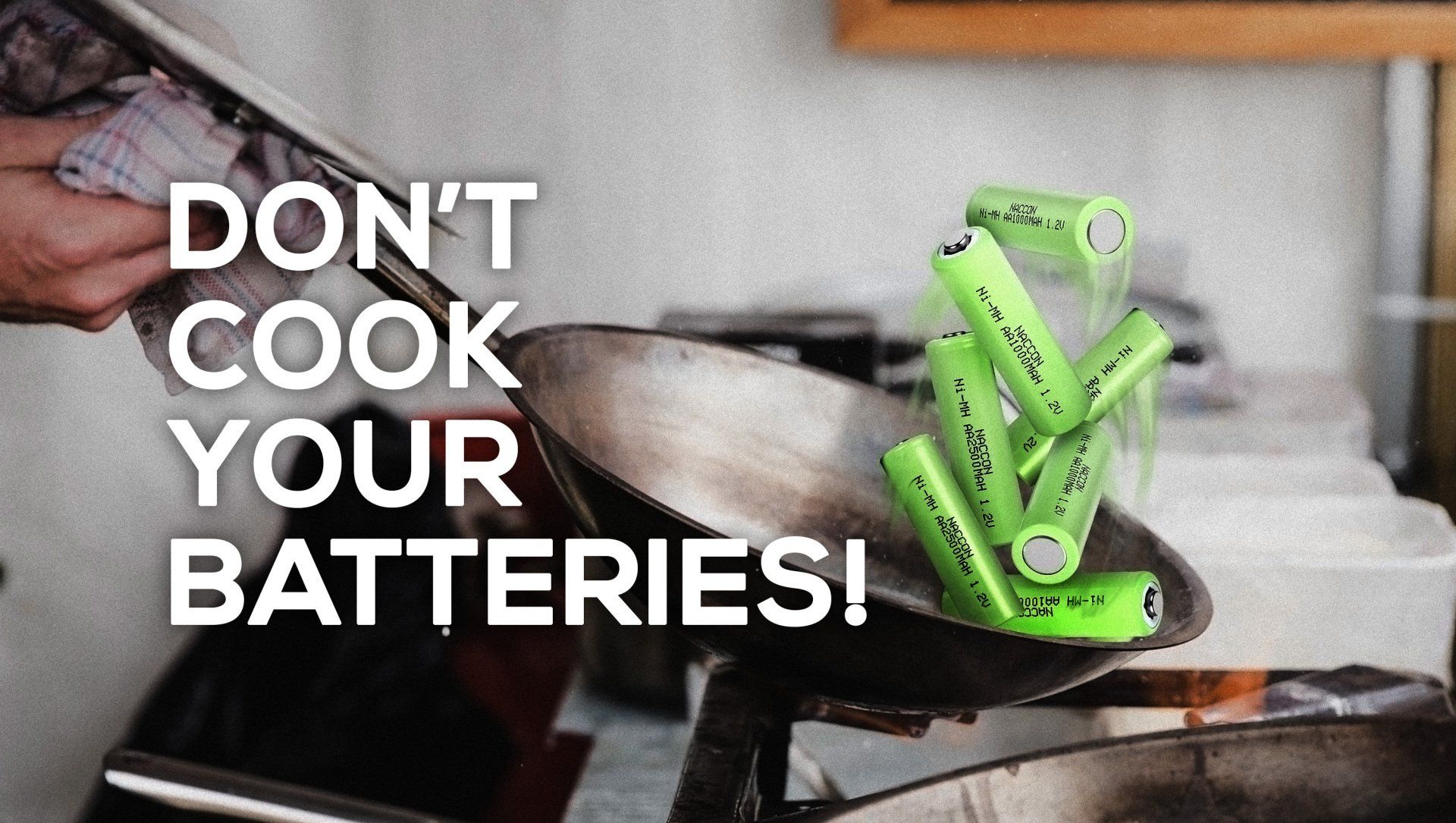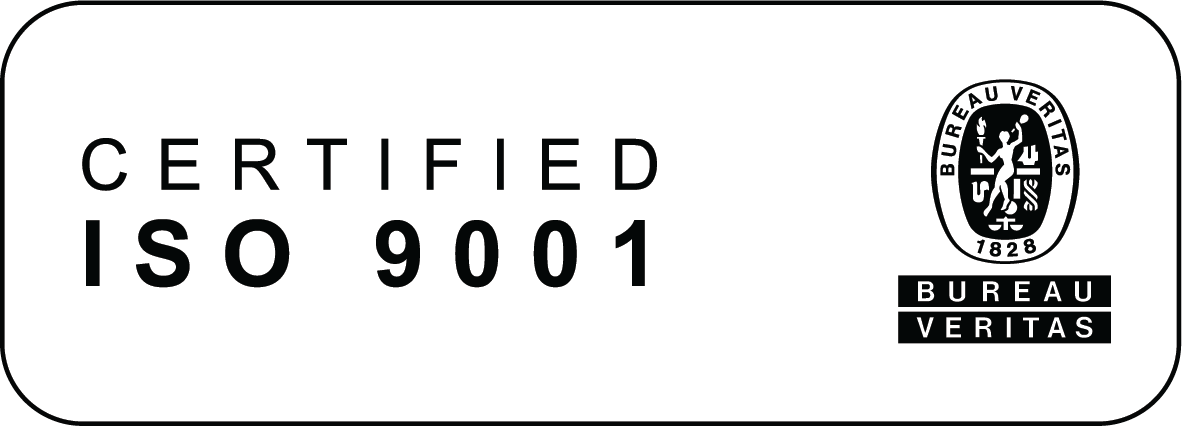Know your standards!
The sale and production of power supplies depends on the range of relevant safety standards in each individual region. These standards are in place to protect each user from risks of fire, injury and electric shock. Each and every power supply must meet the standards based in the area, and there are a high volume of standards, markings and agencies to understand.
Major Safety Standards
The key safety standards follow advice from the International Electrotechnical Commission (IEC), and then any areas of the International Organisation for Standardisation (ISO) that are relevant based on location. There are locational agencies, such as the British Standards Institution (BSI) and the Canadian Standards Organisation (CSA) covering North America. Additionally, the IEC 60950-1 is a key standard based on protecting the user against injury and damage.
Classes of Equipment
There are different classes of equipment based on the standards for the user’s safety. The classes are based on how the power of the unit is supplied:
Class I
The equipment has electric shock protection through a basic level of insulation and grounding.
All conductive parts that could take on a harmful voltage are connected to a protective earth conductor.
Class II
The equipment has double or reinforced insulation and requires no grounding.
Class III
The equipment operates from a Safety Extra Low Voltage (SELV) supply circuit.
It naturally protects against electric shock as it does not generate a hazardous voltage, so the user is safe.
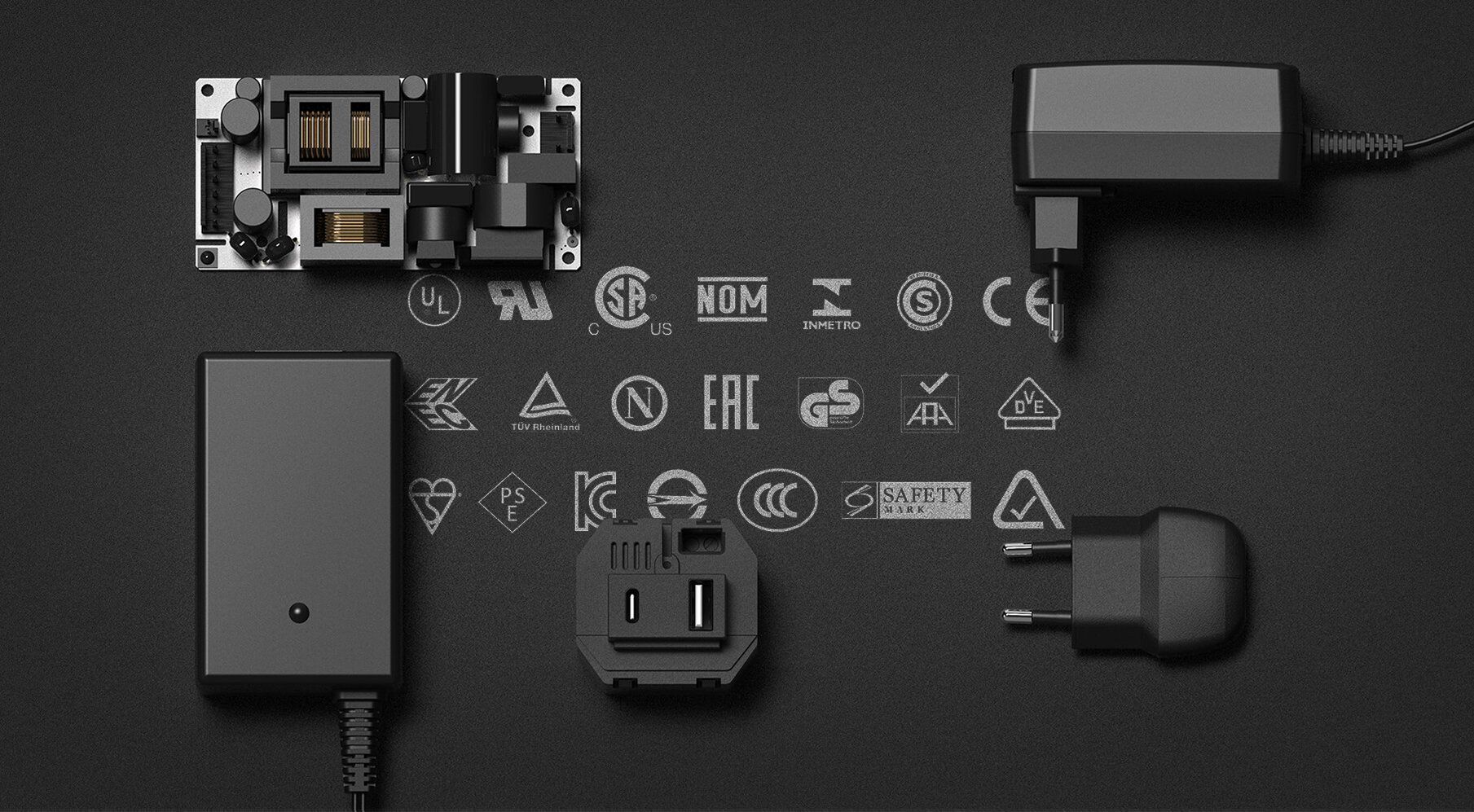
Visual shows our Open Frame, Plugin, Desktop, In-wall & USB Power Supplies
Safety Agencies & Markings
After understanding the many national and international bodies that regulate requirements for testing and assuring all equipment conforms to safety, there are product markings to understand next. Product markings may show certificates of compliance with certain standards that are legally required.
CE and UL marks are two of the most widely used conformance marks, while there are several other safety marks that may be utilised regionally.
To ease the issue of regional variations, the Certification Body (CB) scheme allows manufacturers who have been issued a CB test certificate by one National Certification Body (NCB) to obtain certification marks from other participating NCBs.
Major Safety Agencies and Marks
The UK Conformity Assessment or 'UKCA' Mark
UKCA is the new conformity standard that will be used after the UK leaves the EU on 31st December 2020.
This will replace the CE Mark for UK products by 2022
The 'UNDERWRITERS LABORATORIES' or 'UL' Mark
The UL Mark indicates that either Underwriters Laboratories or an equivalent nationally recognized testing laboratory (NRTL) has tested and determined that a product meets UL specified product safety requirements. This certification allows a manufacturer to show that their product is “UL Listed” by using the familiar UL logo.
TÜV RHEINLAND
The TÜV Rheinland Group is a leading provider of technical services worldwide. It is primarily concerned with safety and quality and operates product testing services that cover Inspection and Certification, with test marks, across a wide range of markets, including electronic components.
Regional Marks
GS Mark and DIN Mark | Germany/EU
Germany’s TUV standards agency operates the GS Mark to show conformity with German’s Equipment and Product Safety Act. The GS Mark assures commercial buyers and consumers the product has been tested by an authorized institution such as TUV Rheinland.
KCC Mark | Korea
Korea’s KC Mark is administered by its Agency for Technology and Standards (KATS) to show compliance for mandated products with the Electrical Appliances and Materials Safety Control Law.
It replaced the original EK mark.
DID WE FOOL YOU?!
One of the above approval symbols is a work of fiction! Can you identify it?
CONTACT US
